Tohoku, the northern part of Japan’s main island Honshu is an area that is not visited by too many tourists but has a lot to offer: stunning views, beautiful nature, lively cities and lots of historical sites. I always wanted to travel to this area and finally, we found the time to do it. In this and the following post, I’ll tell you all about our six day road trip into the North of Japan! We will start with the first part of the trip, our time in Miyagi prefecture.
About Miyagi Prefecture
The northern area of Japan’s main island is called Tohoku (meaning: east north) and consists of five prefectures: Miyagi, Yamagata, Akita, Iwate and Aomori. All prefectures are well known for their milder climate, their stunning nature and good food. It was not easy to decide where to go, but in the end we chose Miyagi and Yamagata, as the other ones were too far away.
Myagi prefecture is located at the Pacific side of Japan and is famous for its beautiful coast line, the Sanriku Coast. It’s a dramatic, rocky shoreline with many bays, cliffs and coves that stretches for over 300 kilometers along the Pacific Coast of the Tohoku Region, spanning Aomori, Iwate and Miyagi prefectures. Due to its natural beauty, the coastline has long been a popular tourist attraction, and a considerable part of it has been designated as national park (Sanriku Recovery National Park). Miyagi’s capital is the city of Sendai which is the biggest city in Tohoku.
Sadly, Miyagi was also the prefecture that was hit worst by the 2011 Tohoku Tsunami, the huge waves that followed the 2011 Tohoku earthquake. This earthquake was the strongest ever recorded and the destruction in the northern area of Japan caused by the earthquake and the tsunami was enormous. Today, 10 years later, most of the areas have recovered and been rebuilt. We also visited one of those areas during our trip.
We drove to Miyagi by car (around 600 km) and it took us about 7 hours to get there. We used the expressway for the whole trip, which was a little expensive but the drive was really realxing. Not much traffic, beautiful nature and lots of nice rest stations. Without any problems, we arrived at our fist destination: the city of Sendai.
Visiting Sendai
Sendai (仙台市) is the capital city of Miyagi Prefecture, the largest city in the Tohoku region, and the second largest city north of Tokyo. The modern city of Sendai was founded around 1600 by Date Masamune, one of Japan’s most powerful lords in the Sengoku period. A lot of Sendai’s tourist attractions are related to Masamune and his family. We stayed in a hotel in the downtown area, therefore it was really esay for us to get around without using the car (which was safely stored in the underground parking lot of the hotel).
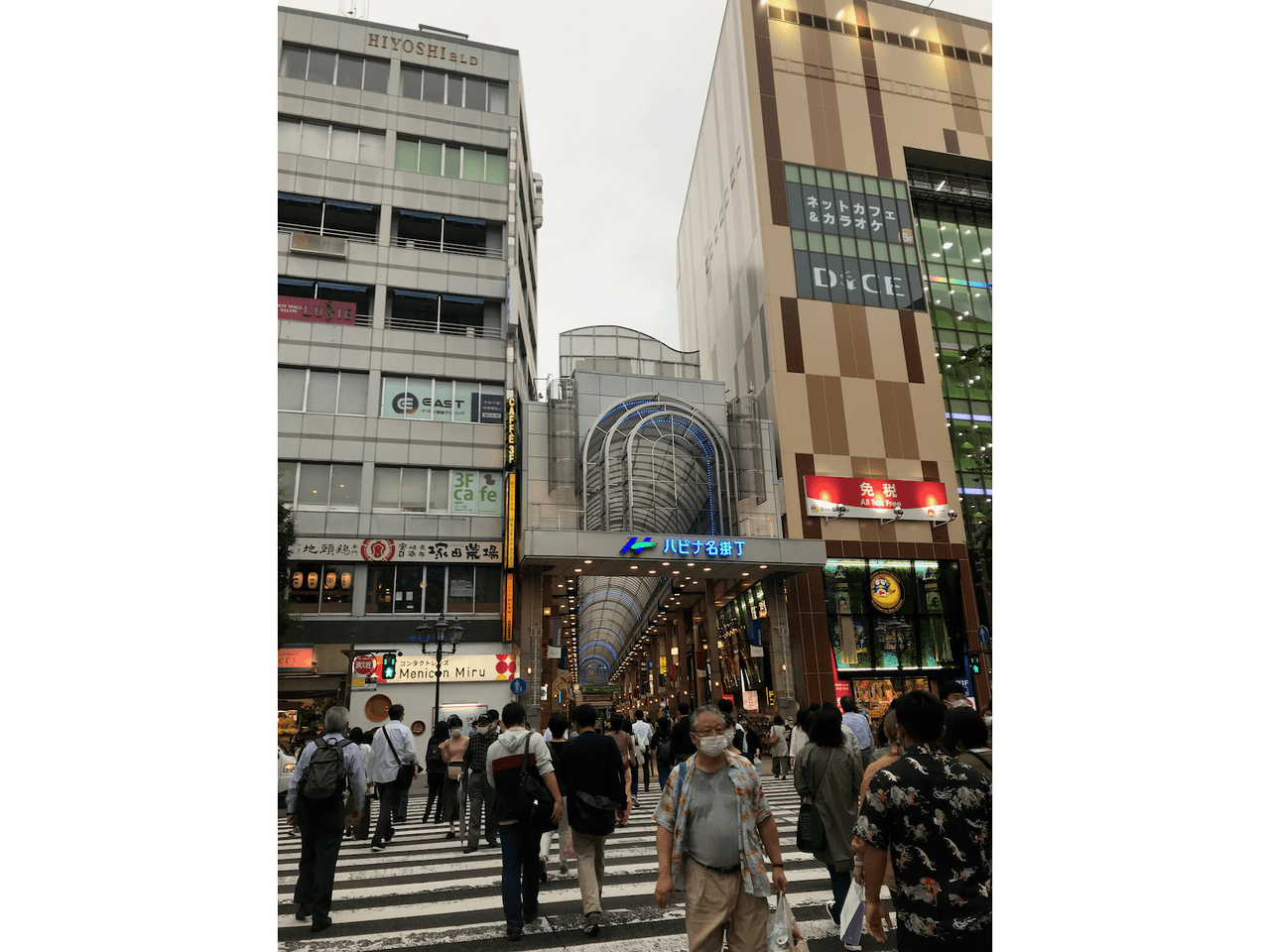 Very busy
Very busy
On the first day, we went to explore the busy downtown area where you find huge alleys with lots of trees. Therefore, Sendai is also called “city of trees”.
Ichibano Aracade, a covered shopping area is one of the main attractions of the downtown area. It’s really long and full of small stores, Pachinko parlors, restaurants and cafés. It reminded me a little of Osaka, which has similar covered shopping areas.

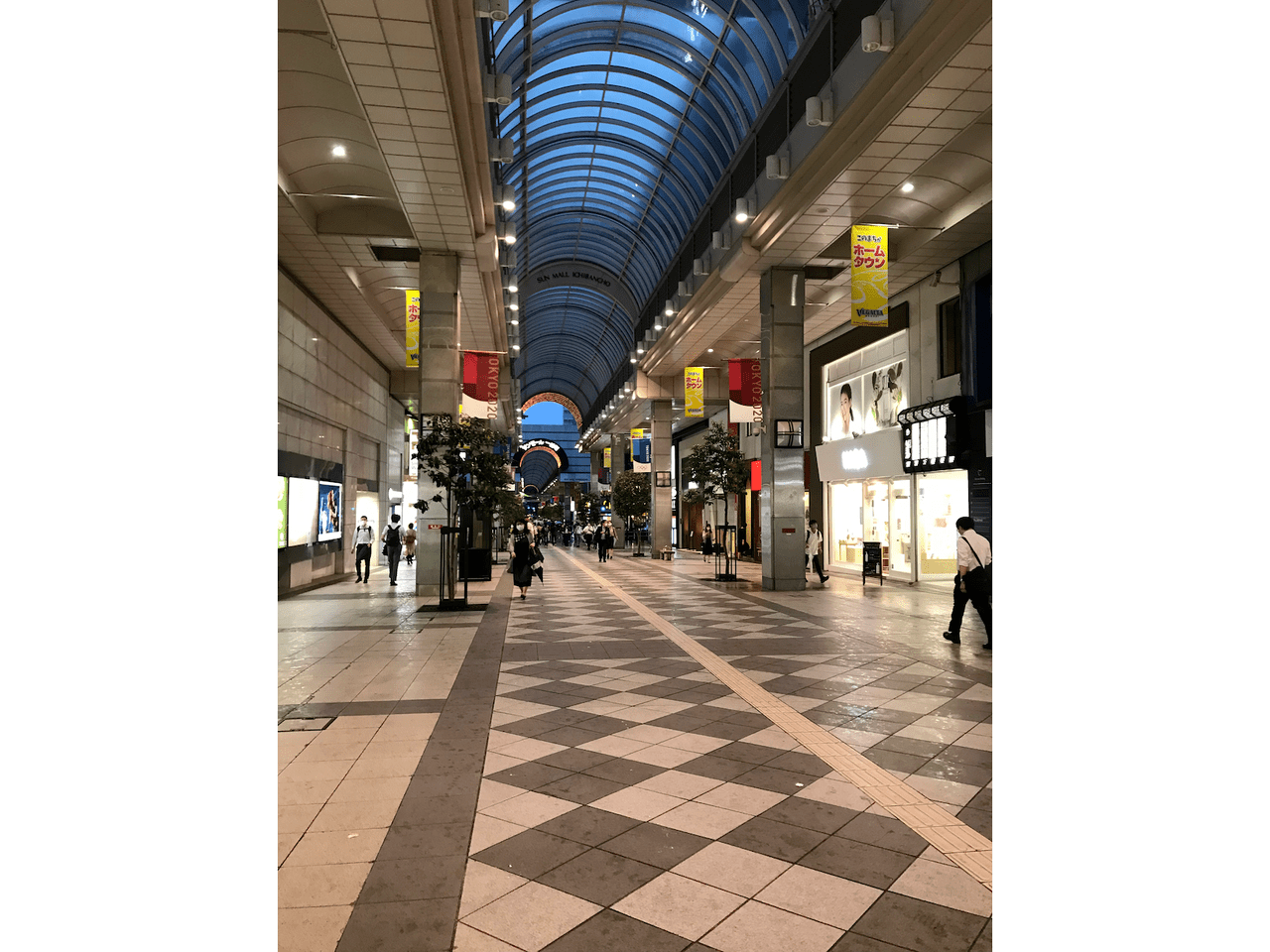
We followed this arcade and arrived at the station area, which was crazy busy!
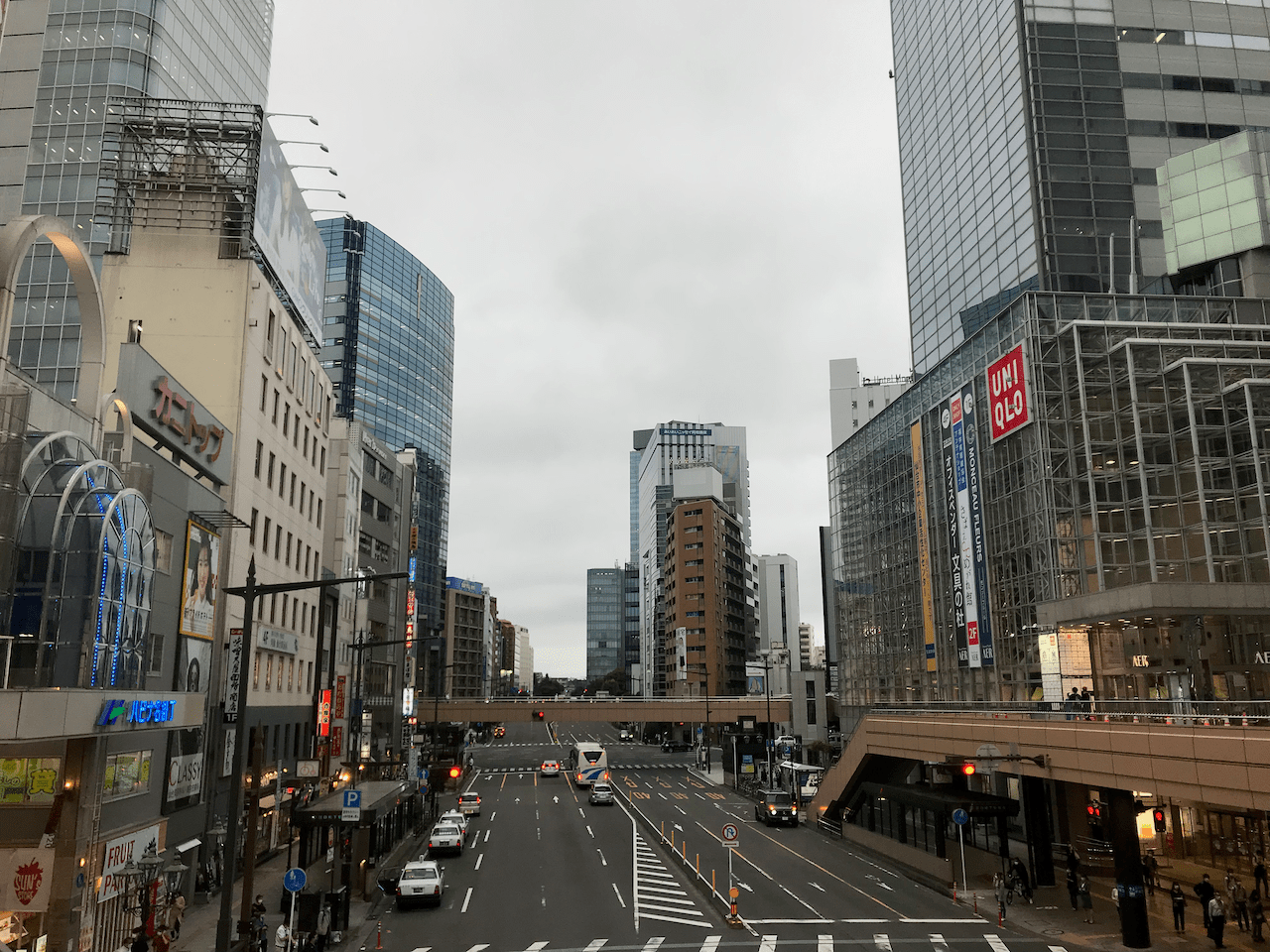
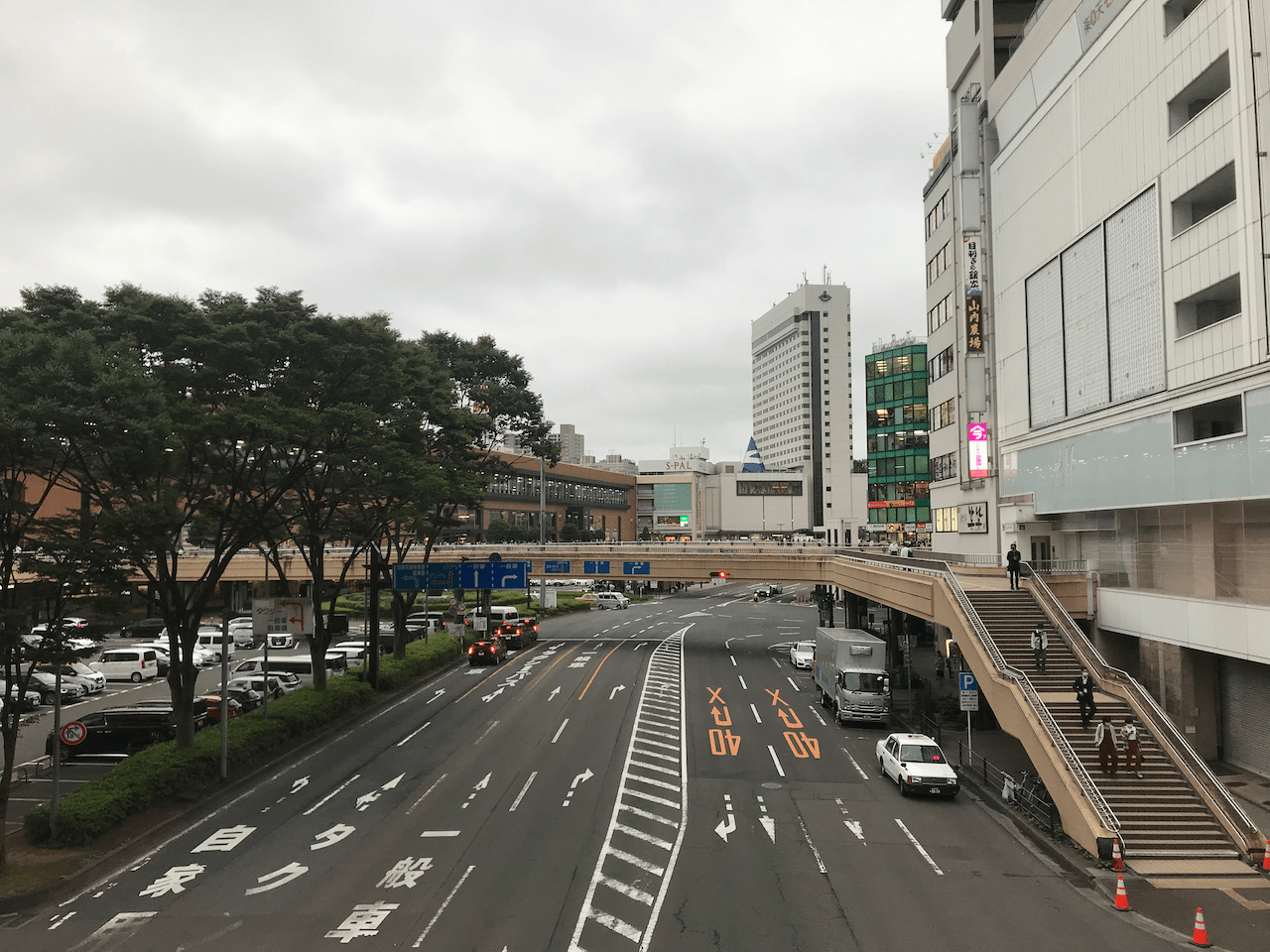
There, we had a coffee before deciding to visit another big attraction, the observatory deck of the AER building, directly next to the station. From the top, you have a great view of the city and get a very good impression of its size. And the best thing is: it’s for free!
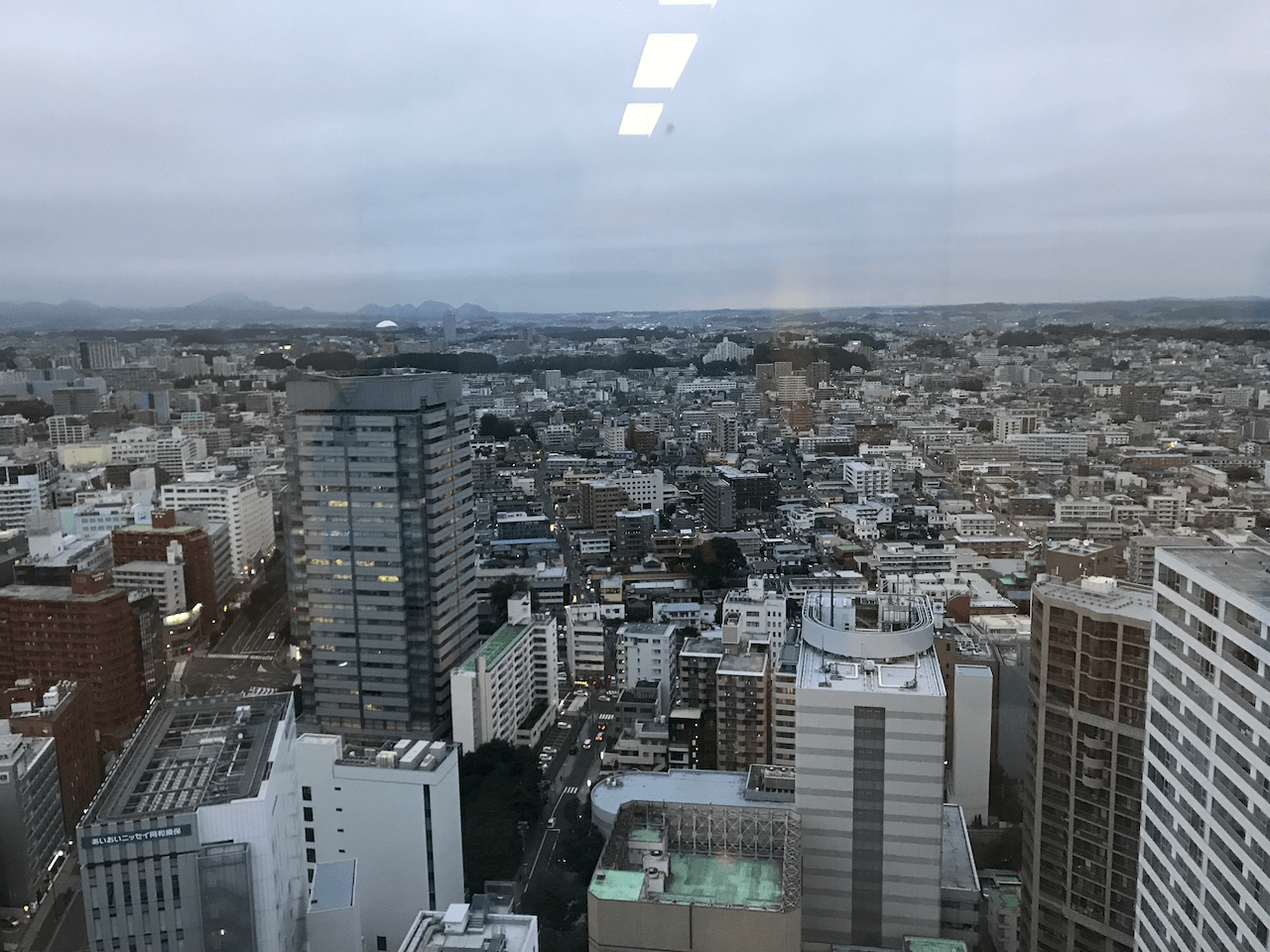
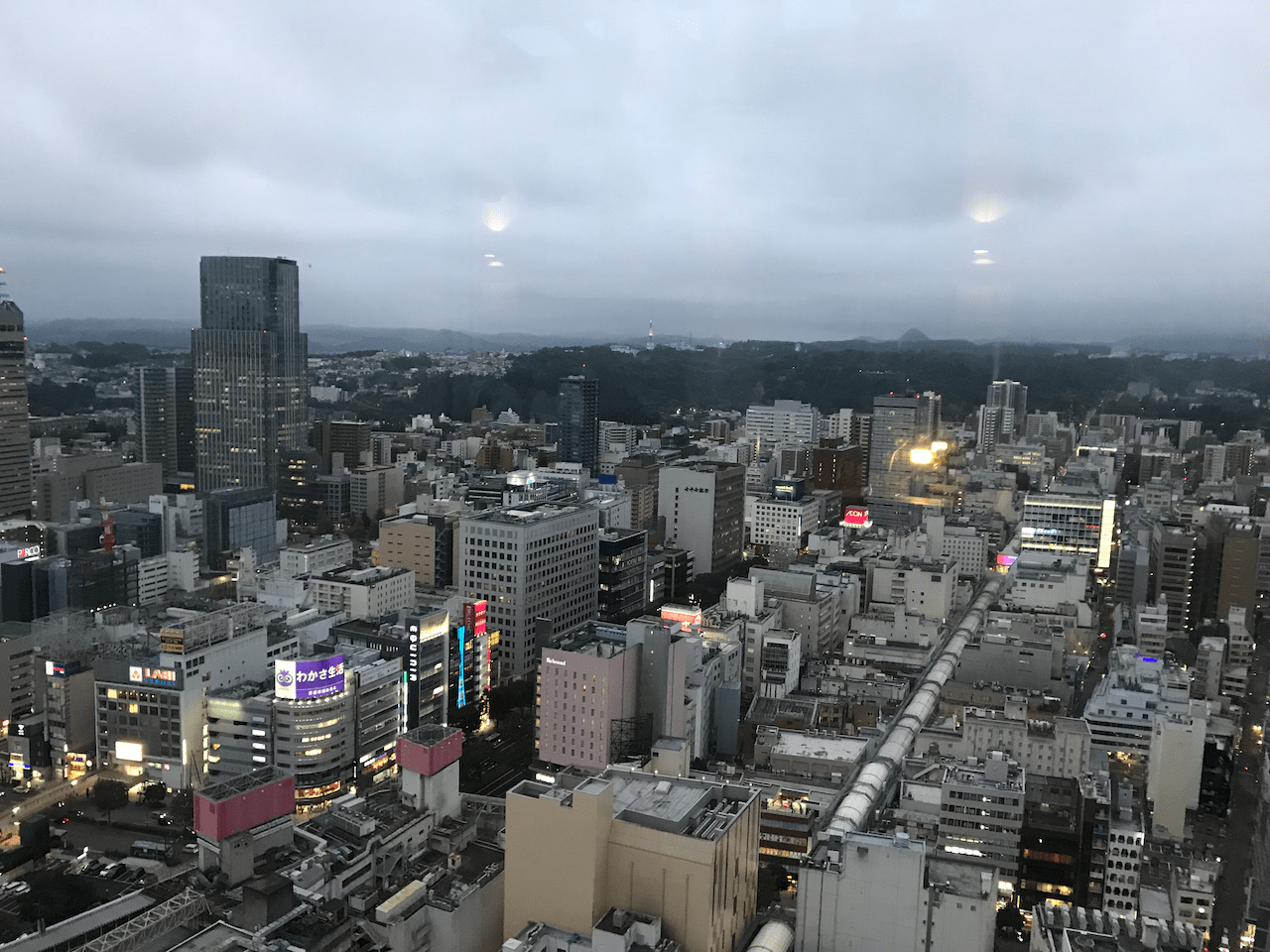 I can only recommend the night view
I can only recommend the night view
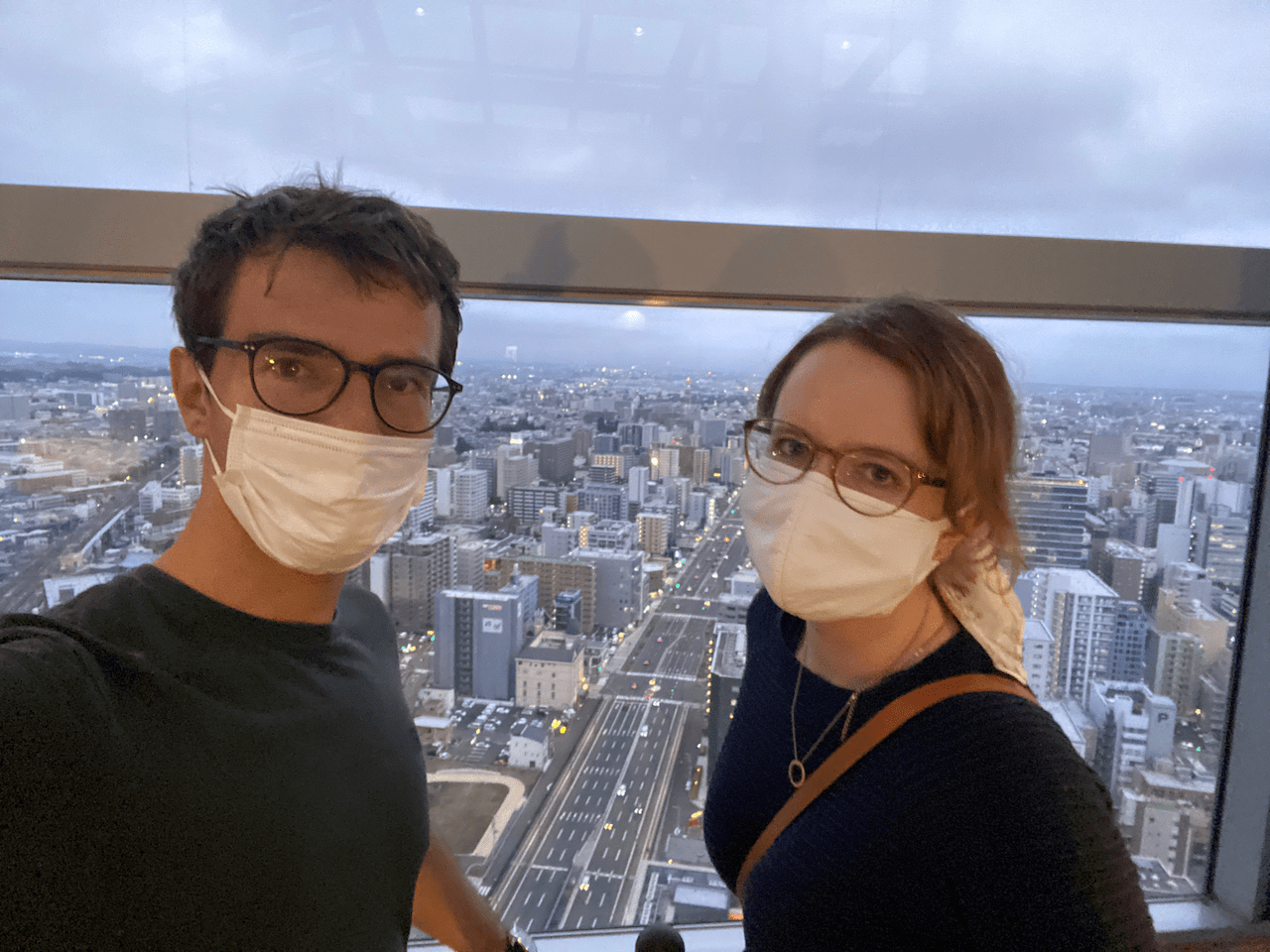
On the next day, we decided to learn more about the history of Sendai and visited several historical sights. First, we went to see Aoba Castle which was built in 1600 by the powerful feudal lord Date Masamune. It has been destroyed by a powerful fire and by the bombings of the Second World War, therefore you can only visit some remnants of the outer stone walls and a guard tower.
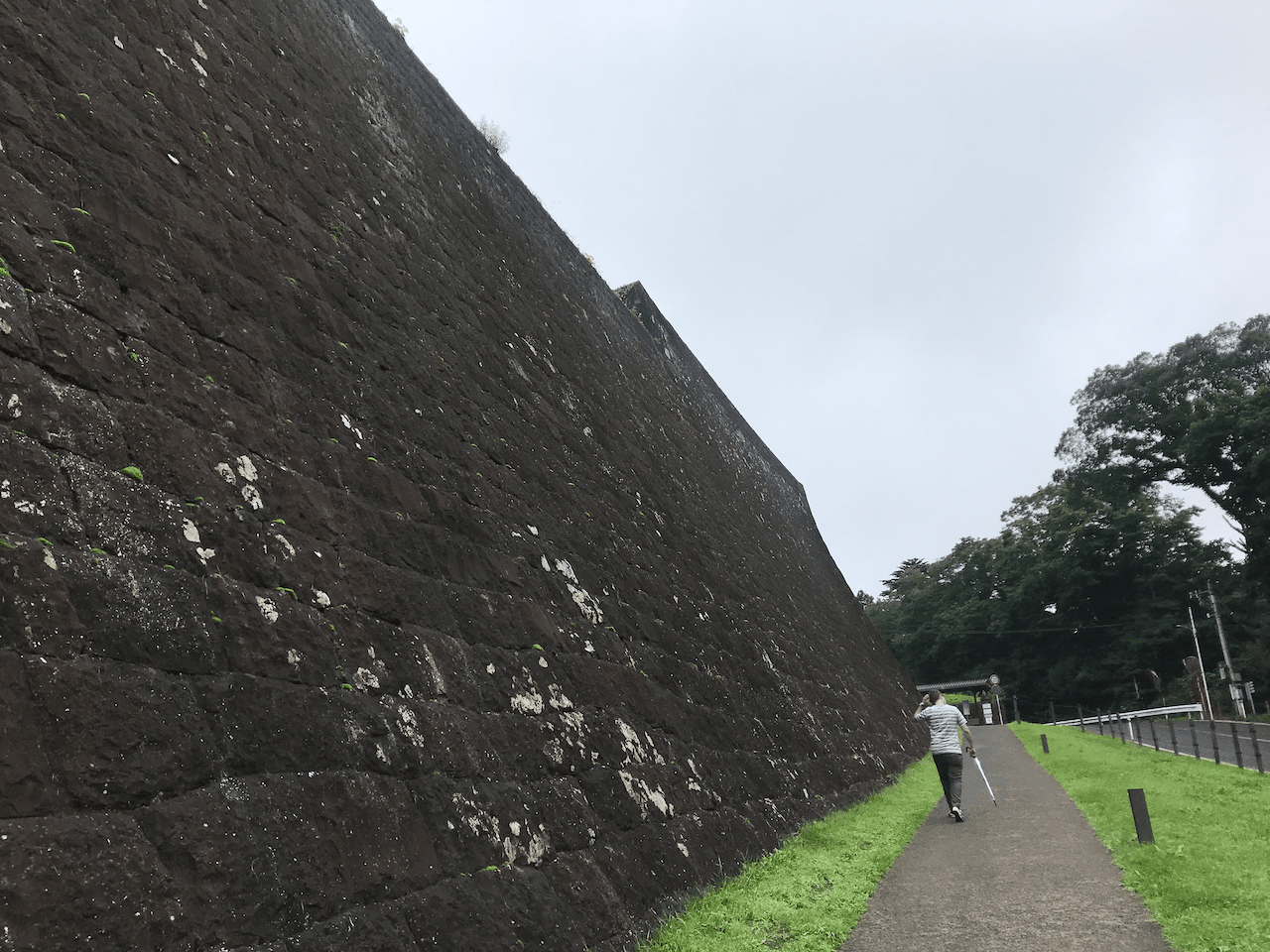 The castle walls are one of the few remnants of the former castle area
The castle walls are one of the few remnants of the former castle area
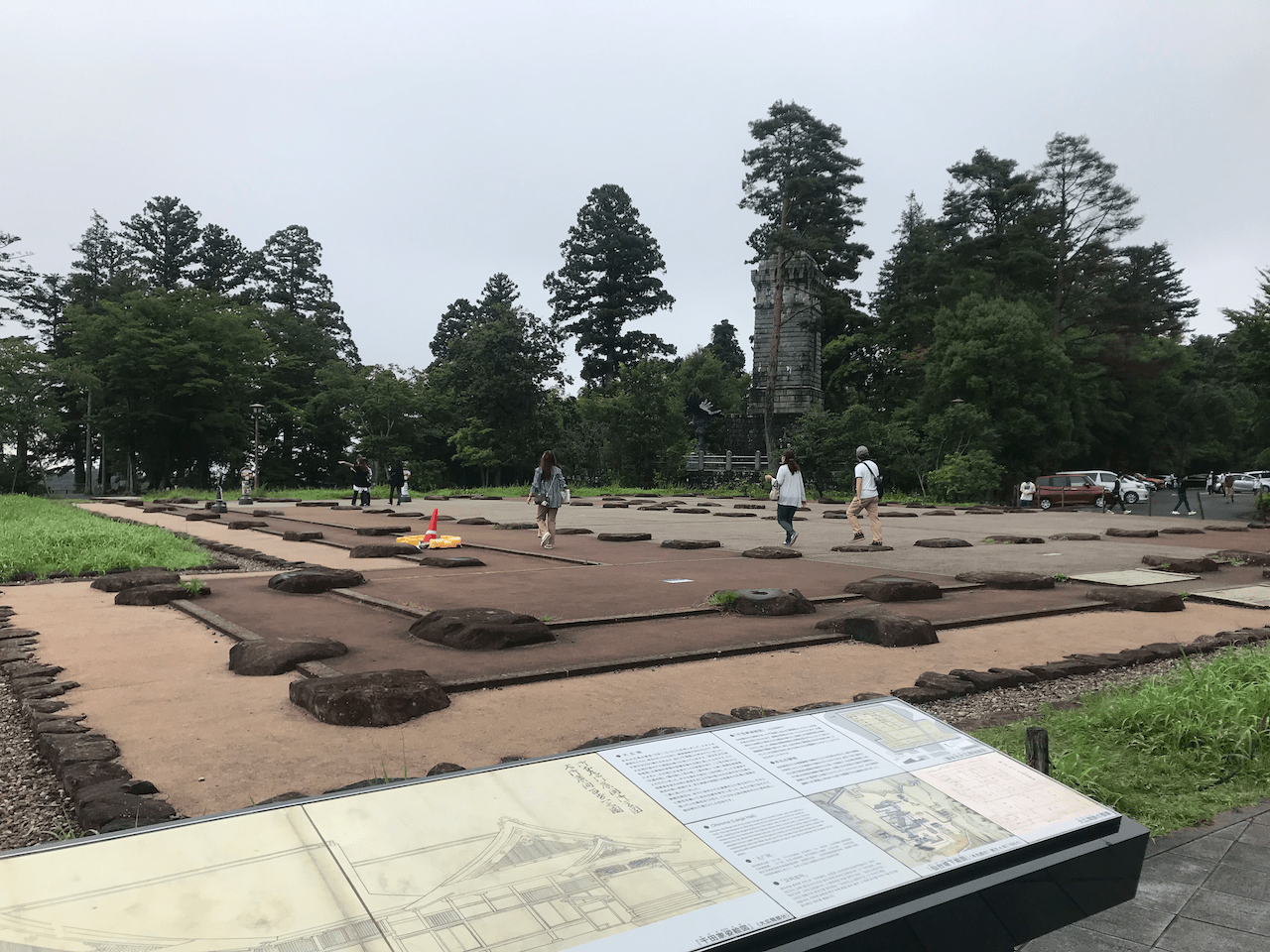
The castle is located on the top of a hill, therefore you have to follow a steep path uphill if you want to visit this location. The view of Sendai from above however is great!
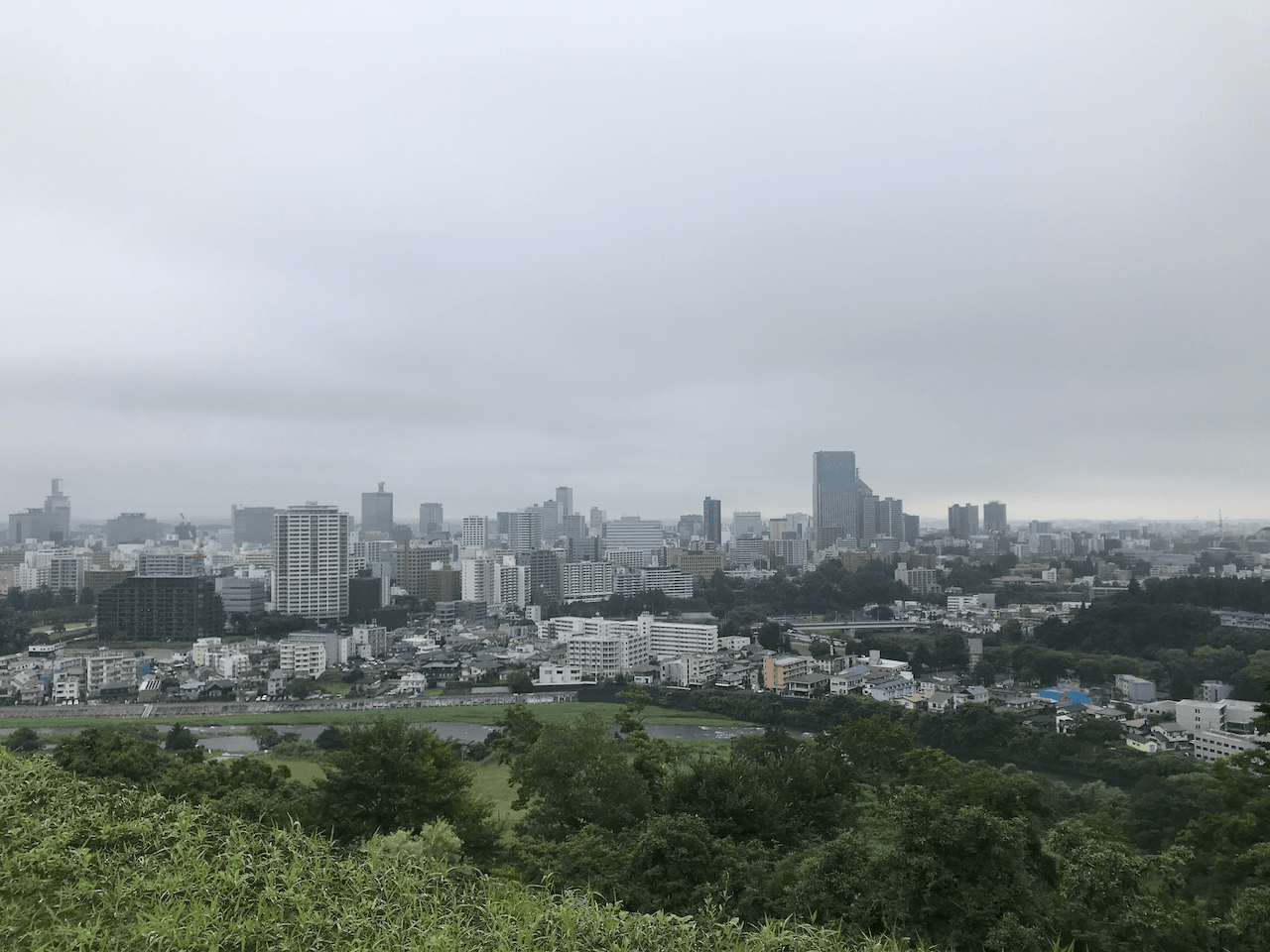
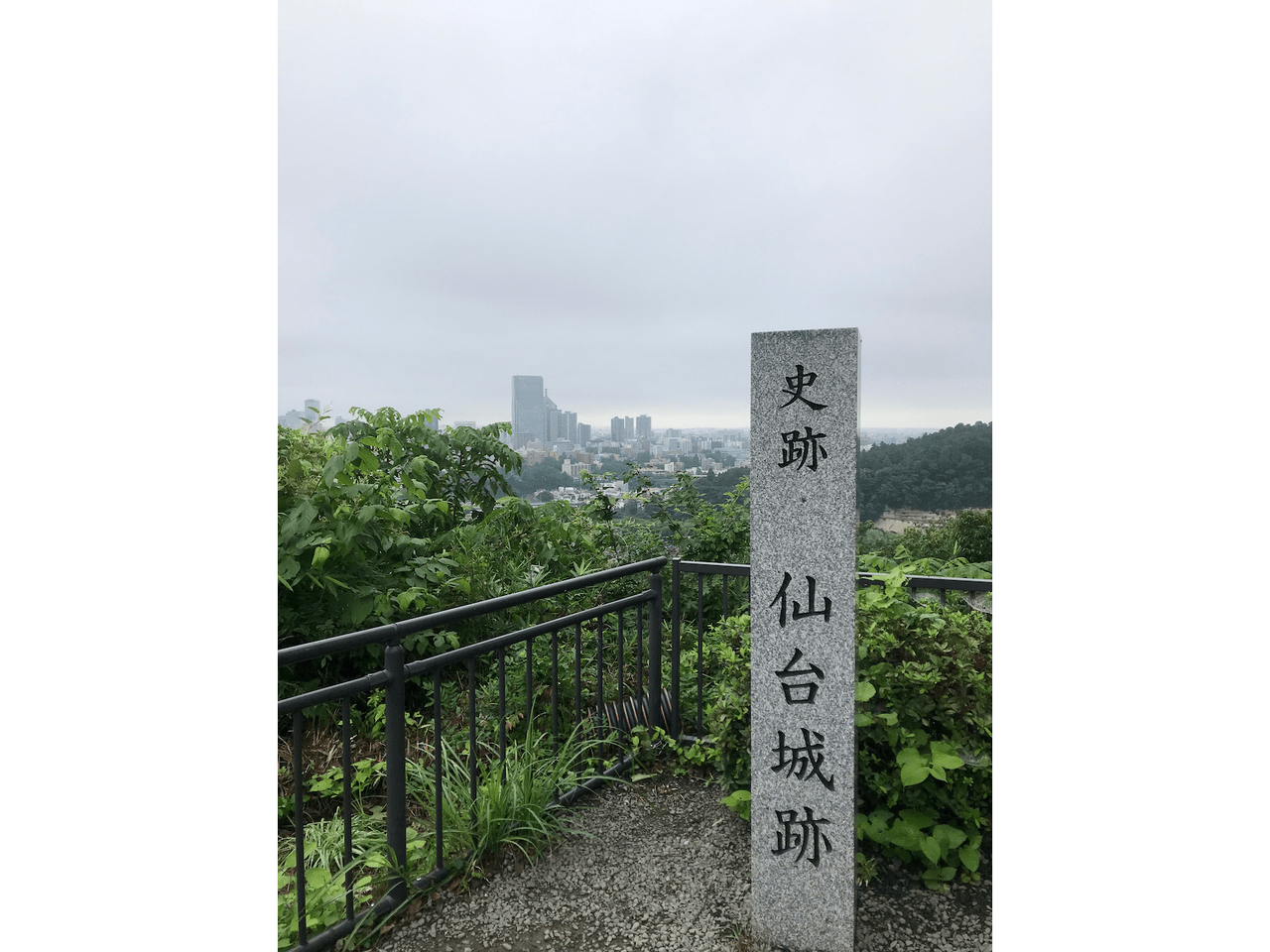 Even though the weather was not the best, the city looked pretty cool
Even though the weather was not the best, the city looked pretty cool
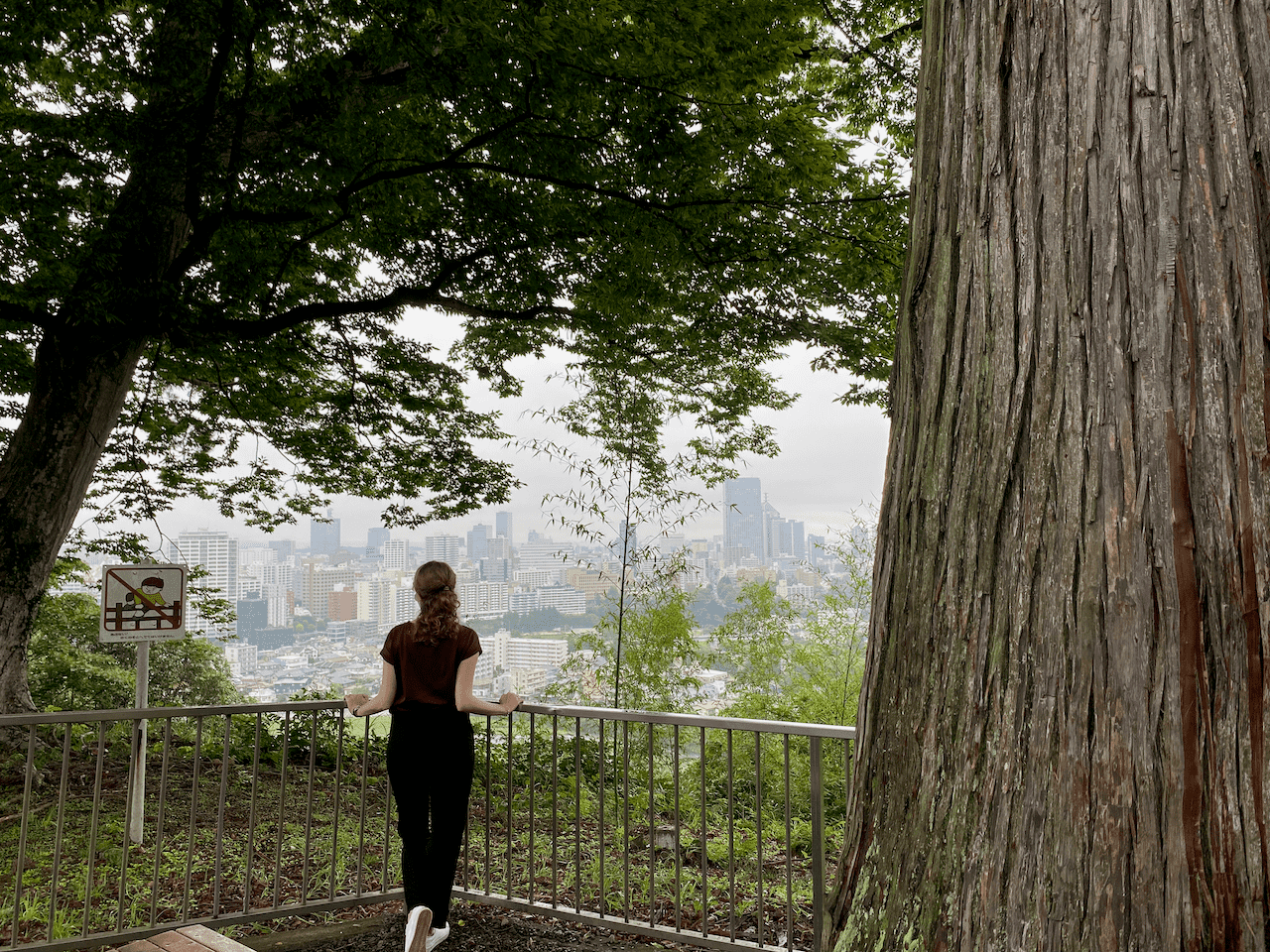 Feeling a little tiny next to this huge tree
Feeling a little tiny next to this huge tree
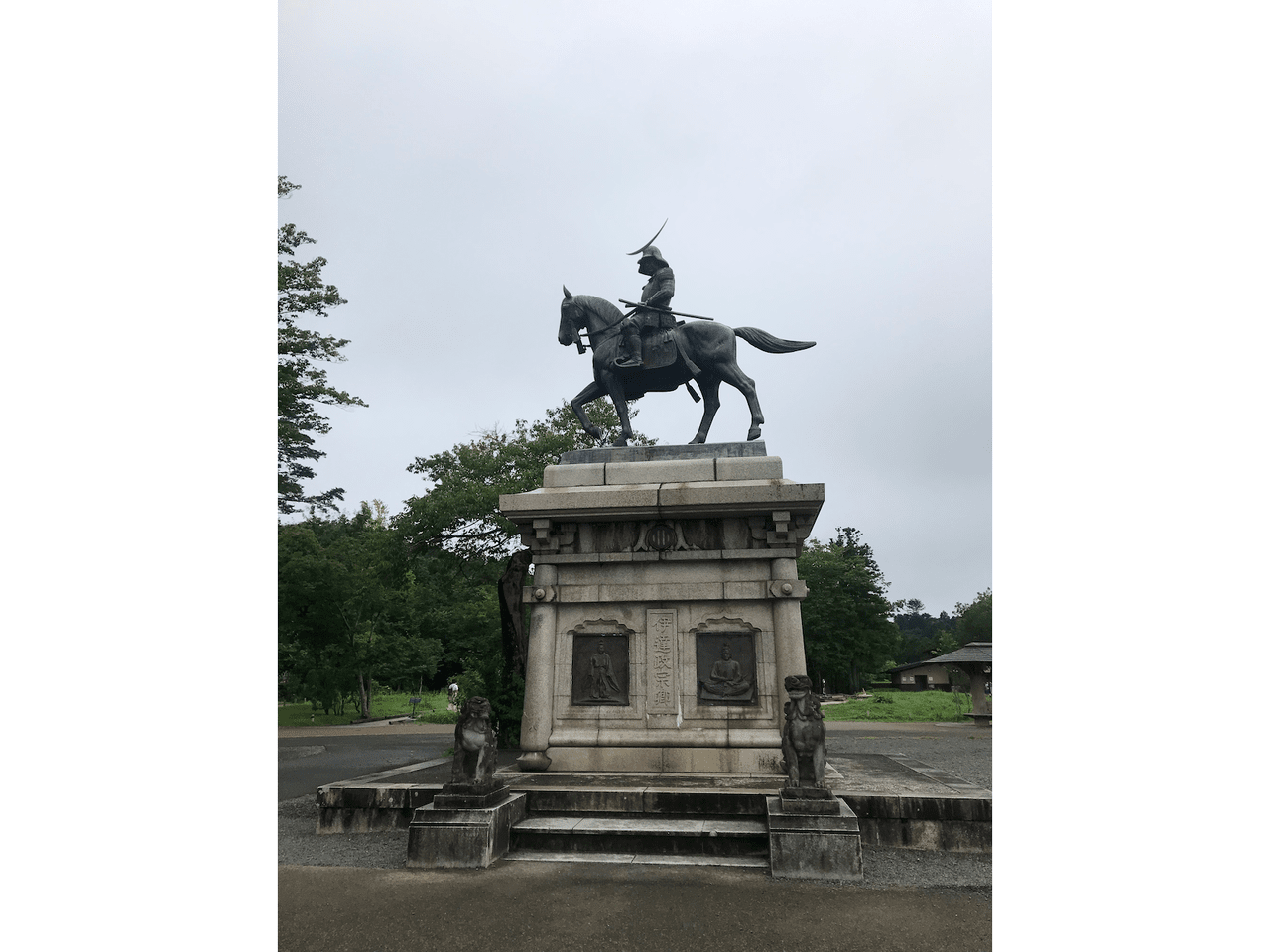 Statue of Date Masamune
Statue of Date Masamune
We also took a funny touristy picture with someone who dressed up as Date Massamune.
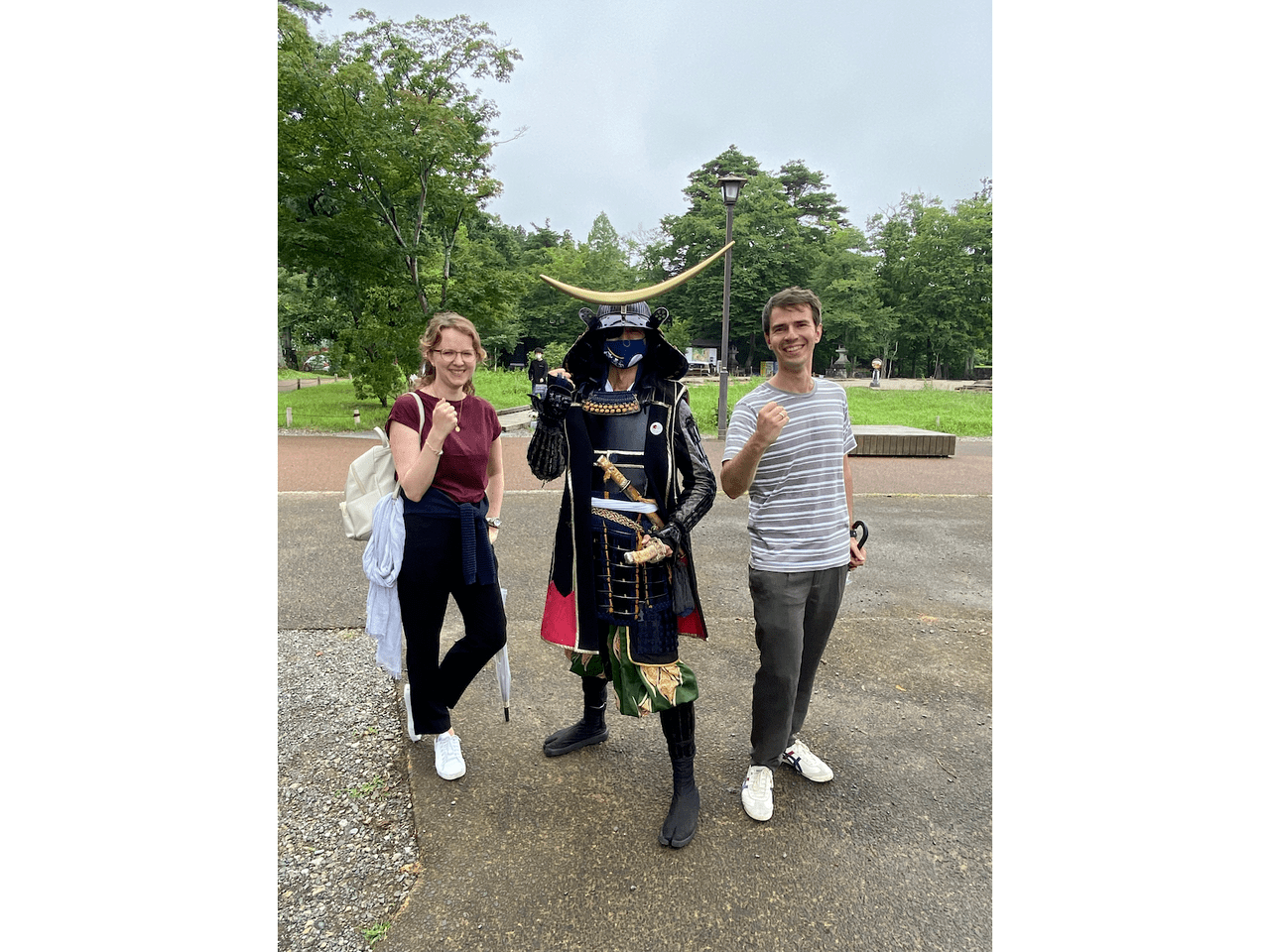
Afterwards, we walked to the next destination, the Zuihoden Mausoleum, the resting place of Date Masamune and his family.
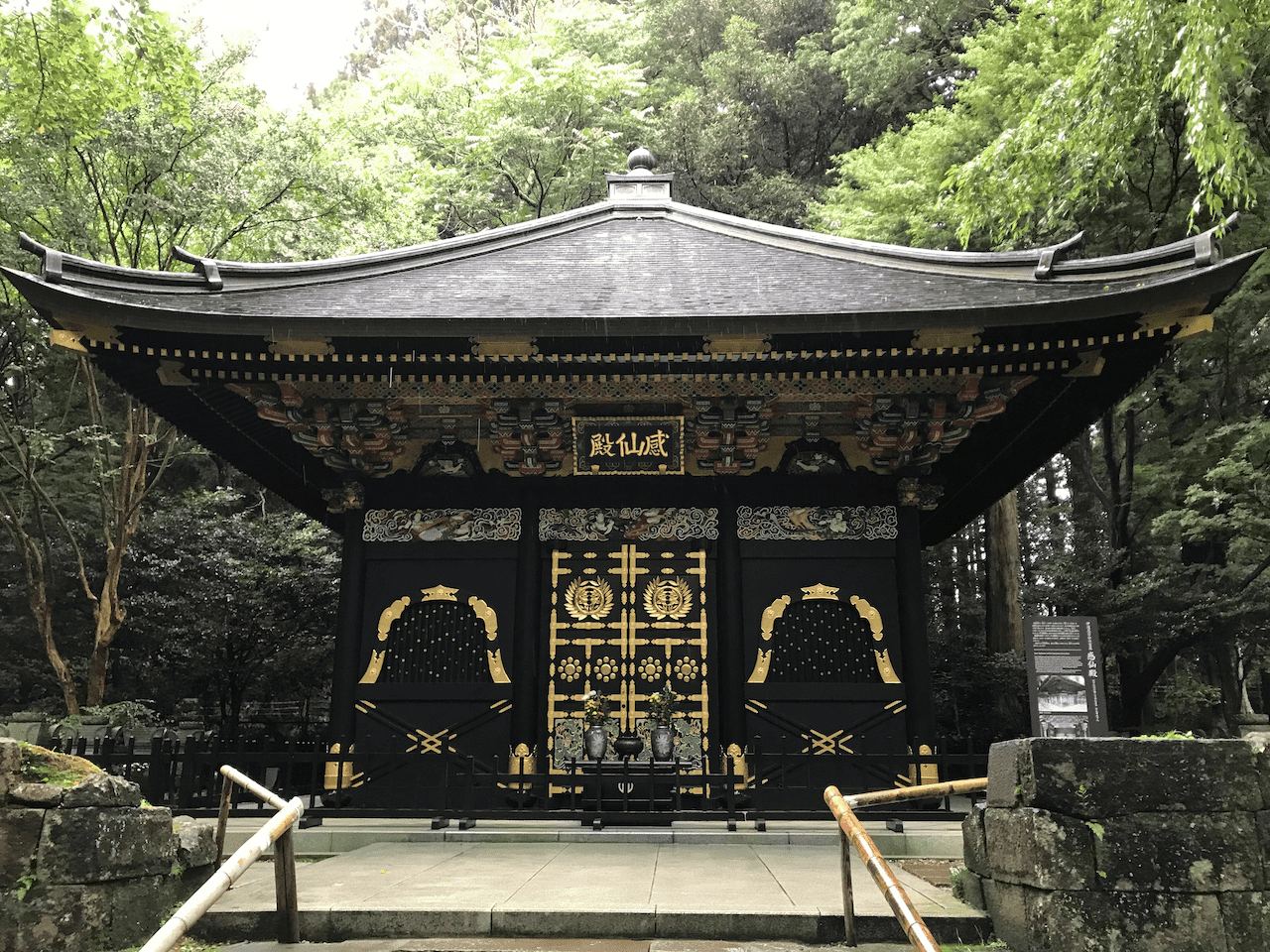
The buildings of the mausoleum were designed in the style of the Momoyama Period, featuring intricate woodwork and a rich variety of vivid colors.
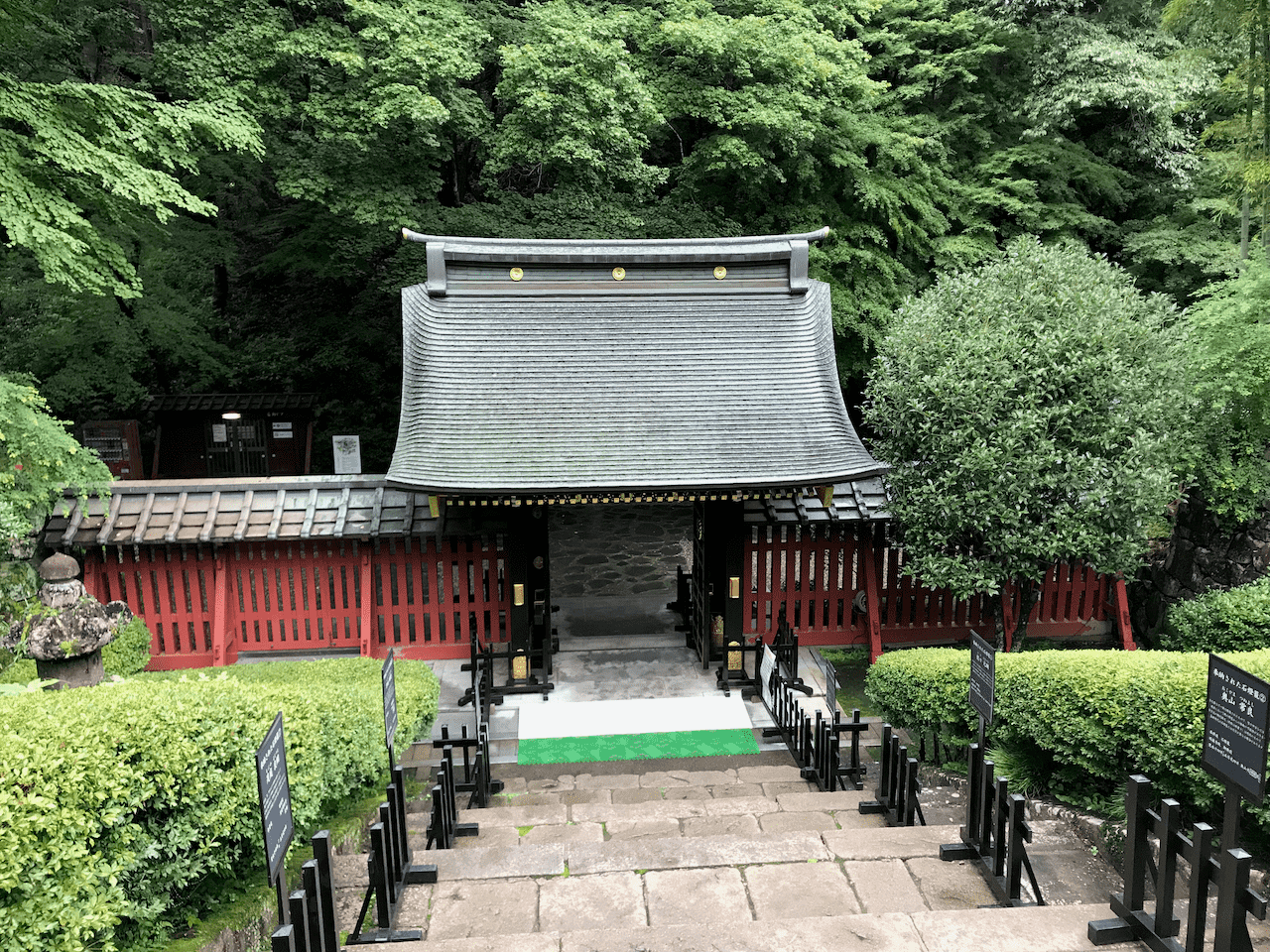
Huge cedar trees surround the paths in the area, contributing to the special atmosphere. When we arrived there, it had started to rain heavily but this made the whole place even more mysterious.
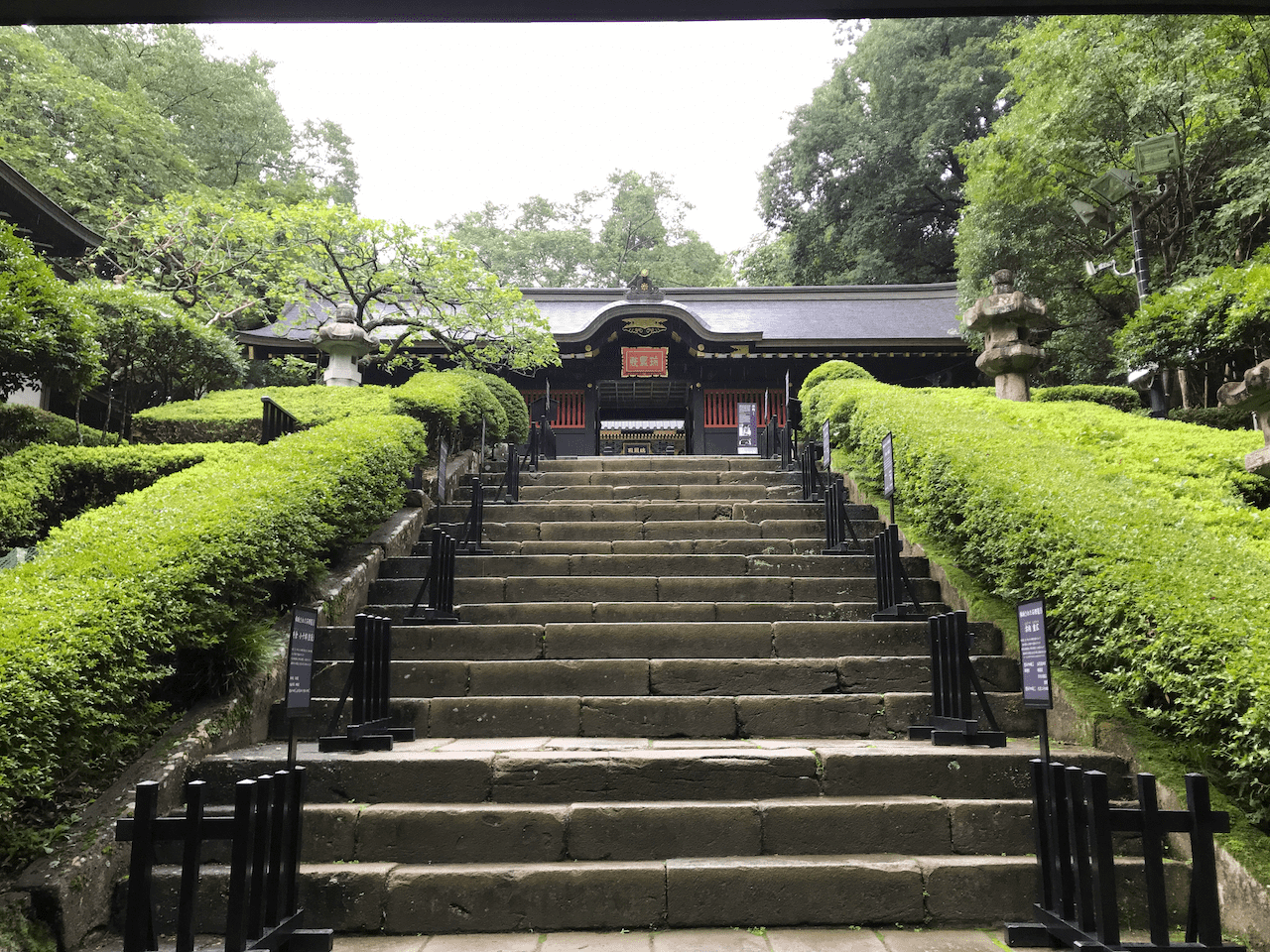
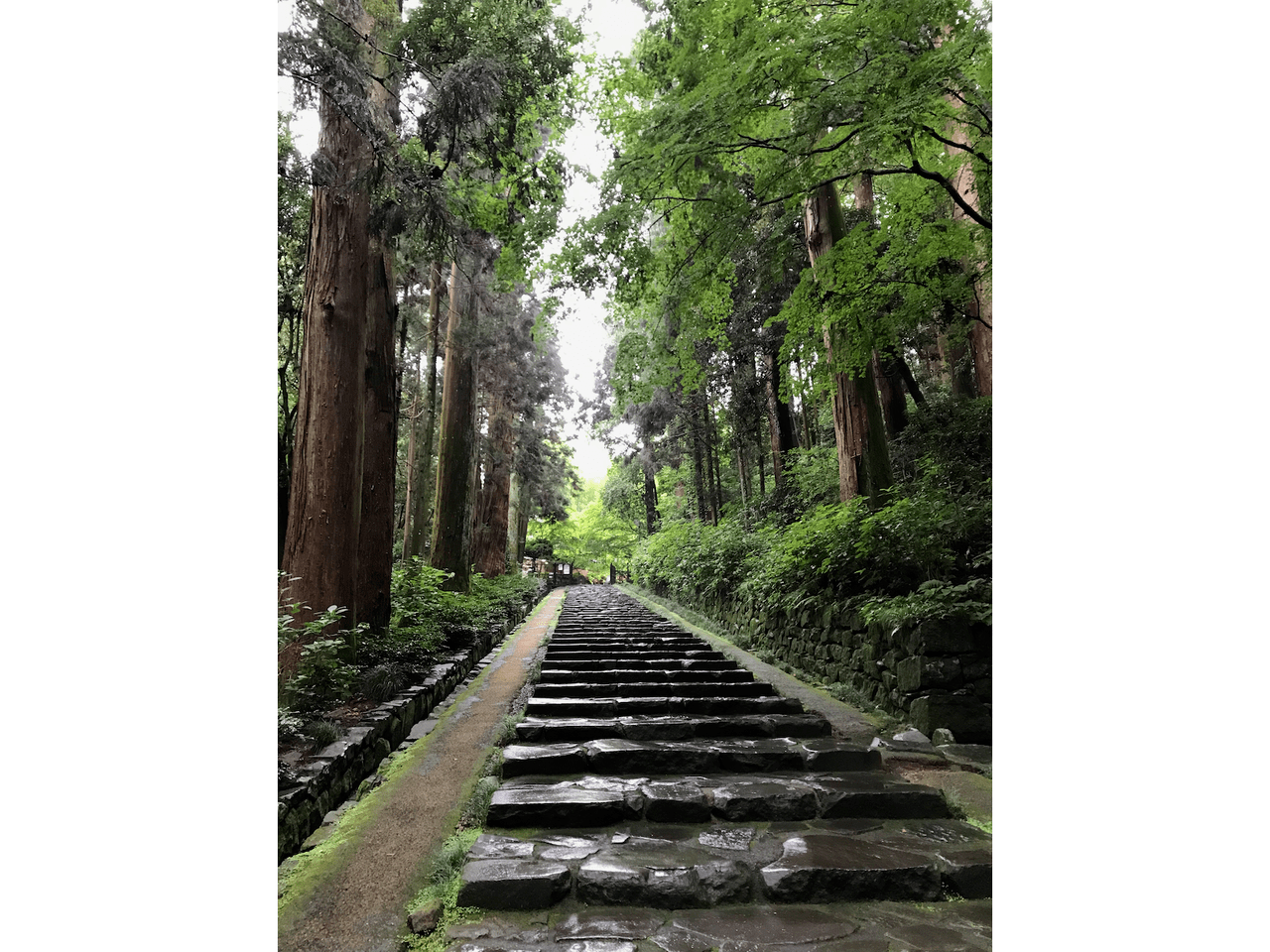 Impressive trees
Impressive trees
 Impressive buildings
Impressive buildings
During the afternoon, the rain become heavier, we decided to visit the Miyagi Museum of Art which is also located close to Sendai Castle. We enjoyed the permanent exhibitions and some coffee afterwards. Sadly, the rain persisted.
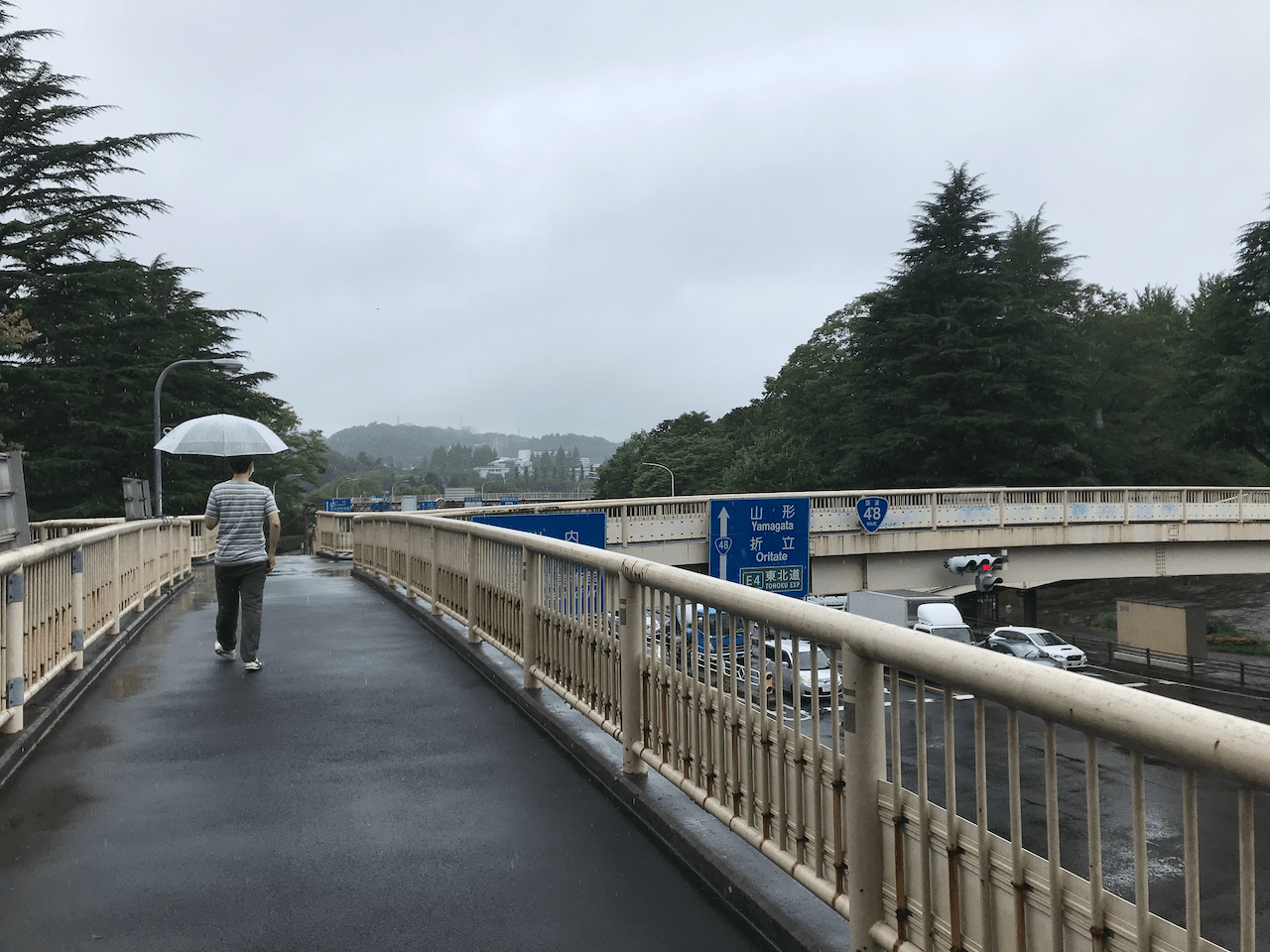 On the way to the museum
On the way to the museum
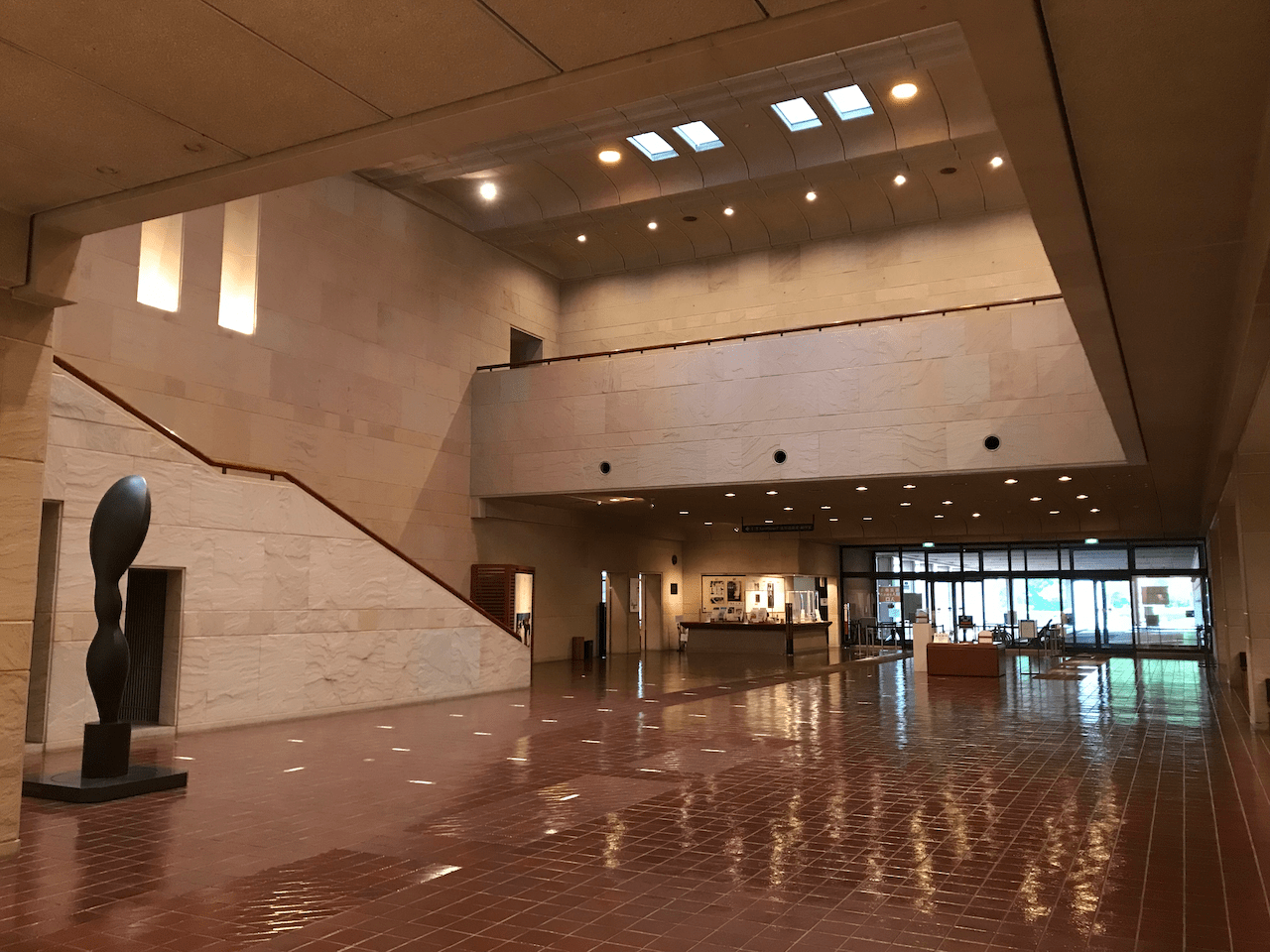 The interior of the museum looked really nice. Due to the pandemic, it was super empty.
The interior of the museum looked really nice. Due to the pandemic, it was super empty.
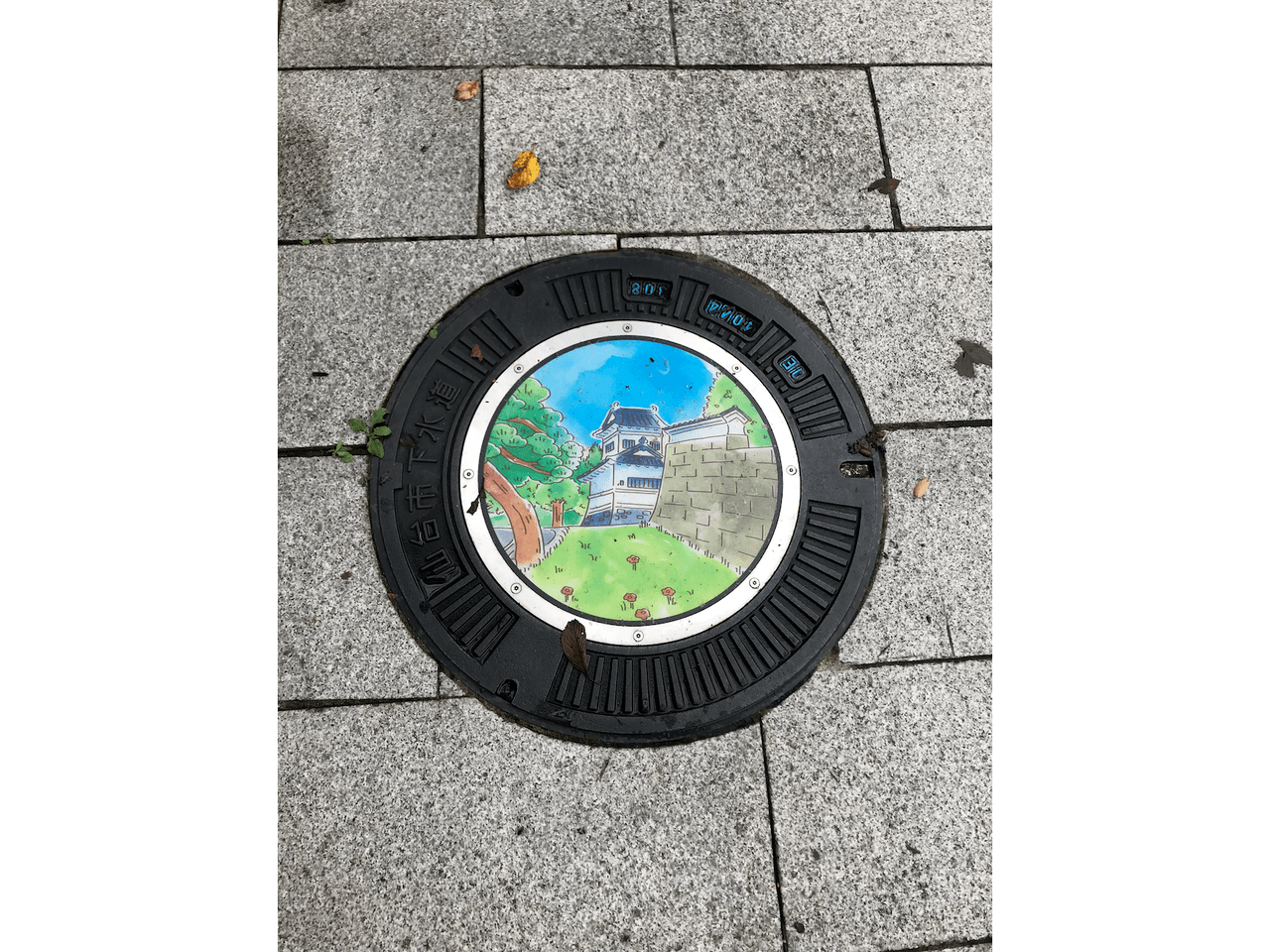
In the evening, we ate Sendai’s most famous food: Gyutan, a dish consisting of pieces of thinly sliced beef tongue, cooked over a charcoal grill. We went to a place called Kaku that was recommended by a friend of Niklas and weren’t dissapointed. The meat was really good. If you ever visit Sendai, you should try this dish.
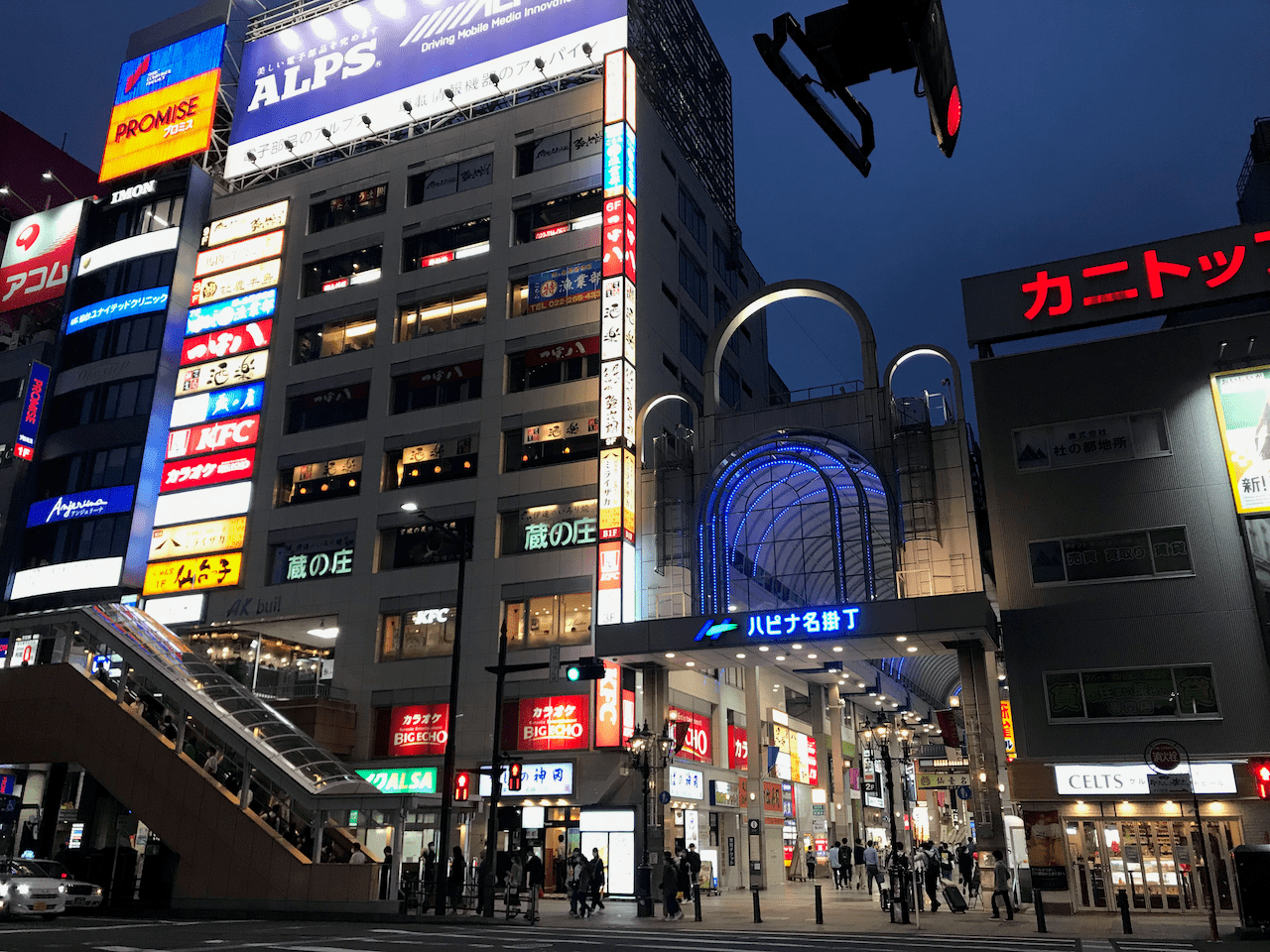
Matsushima - one of the three most scenic views in Japan
Only half an hour away from Sendai, you can discover Matsushima (松島), a small coatstal town that famous for its bay, which is full of many pine clad islands. It is also known for Zuiganji, one of the Tohoku Region’s most important Zen temples. The bay view is one of Japan’s three most scenic views, also called Nihon Sankei (日本三景).

We were super lucky as the weather had improved a lot and the rain was finally over. Therefore we could be sure that the view of the bay would be as amazing as described in countless promotion materials.
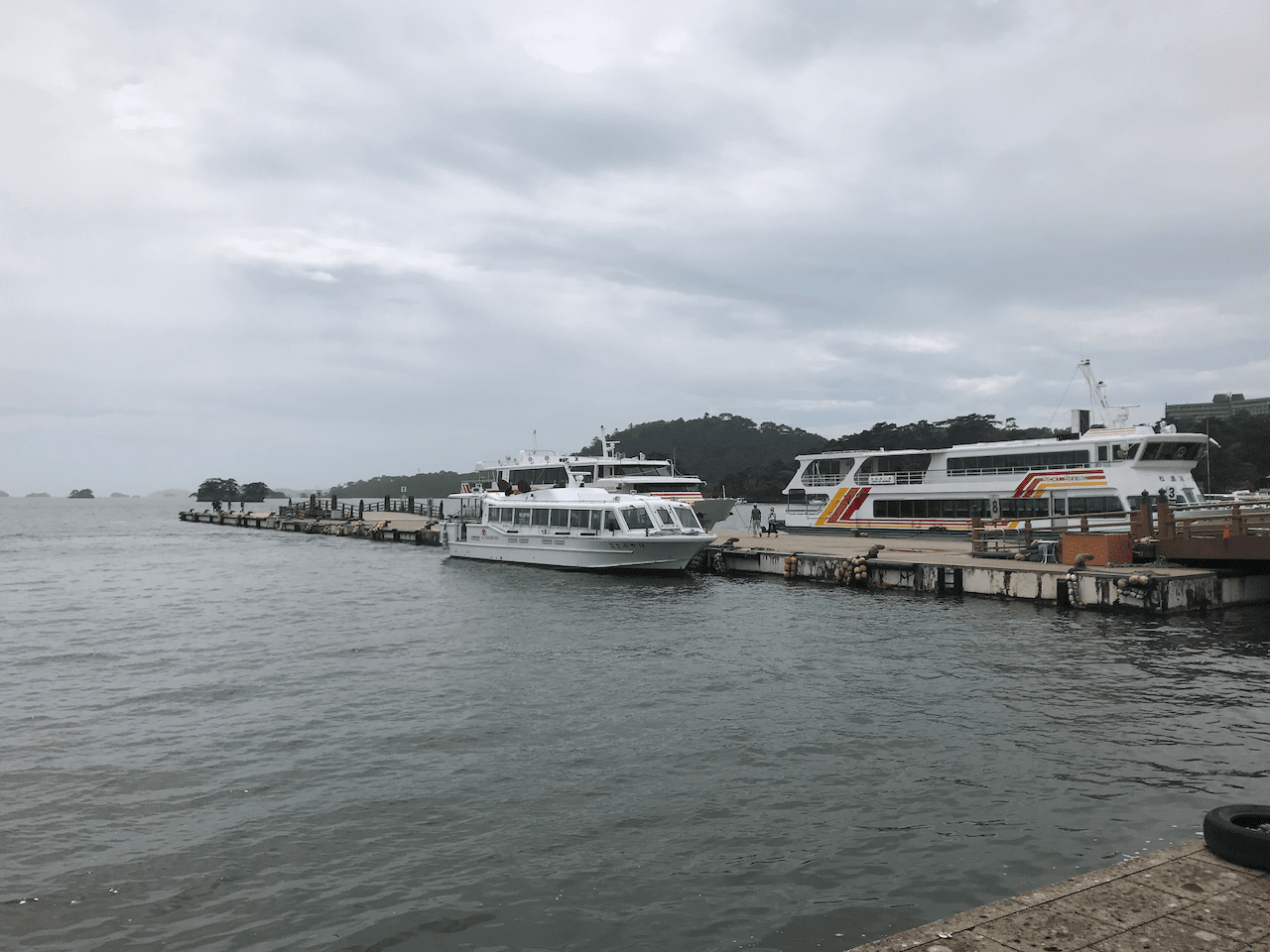 You can also take one of the many ferrys that will take you around the bay and offer nice views of the many islands
You can also take one of the many ferrys that will take you around the bay and offer nice views of the many islands
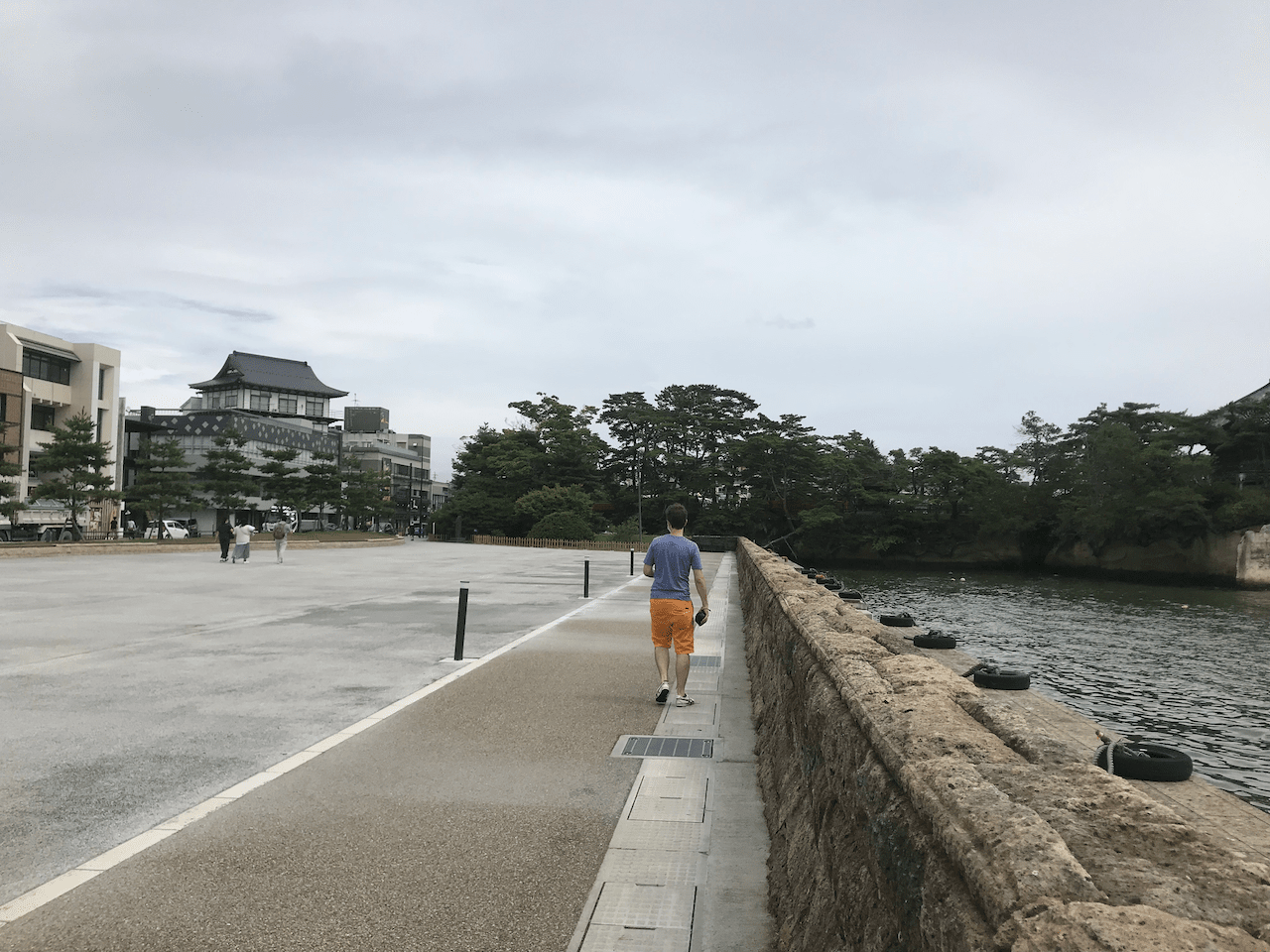
The small town was quite busy with many visitors, even though it was a weekday but it was probably nothing compared to “normal” times (without Covid) when huge amounts of people were visiting the town every day.
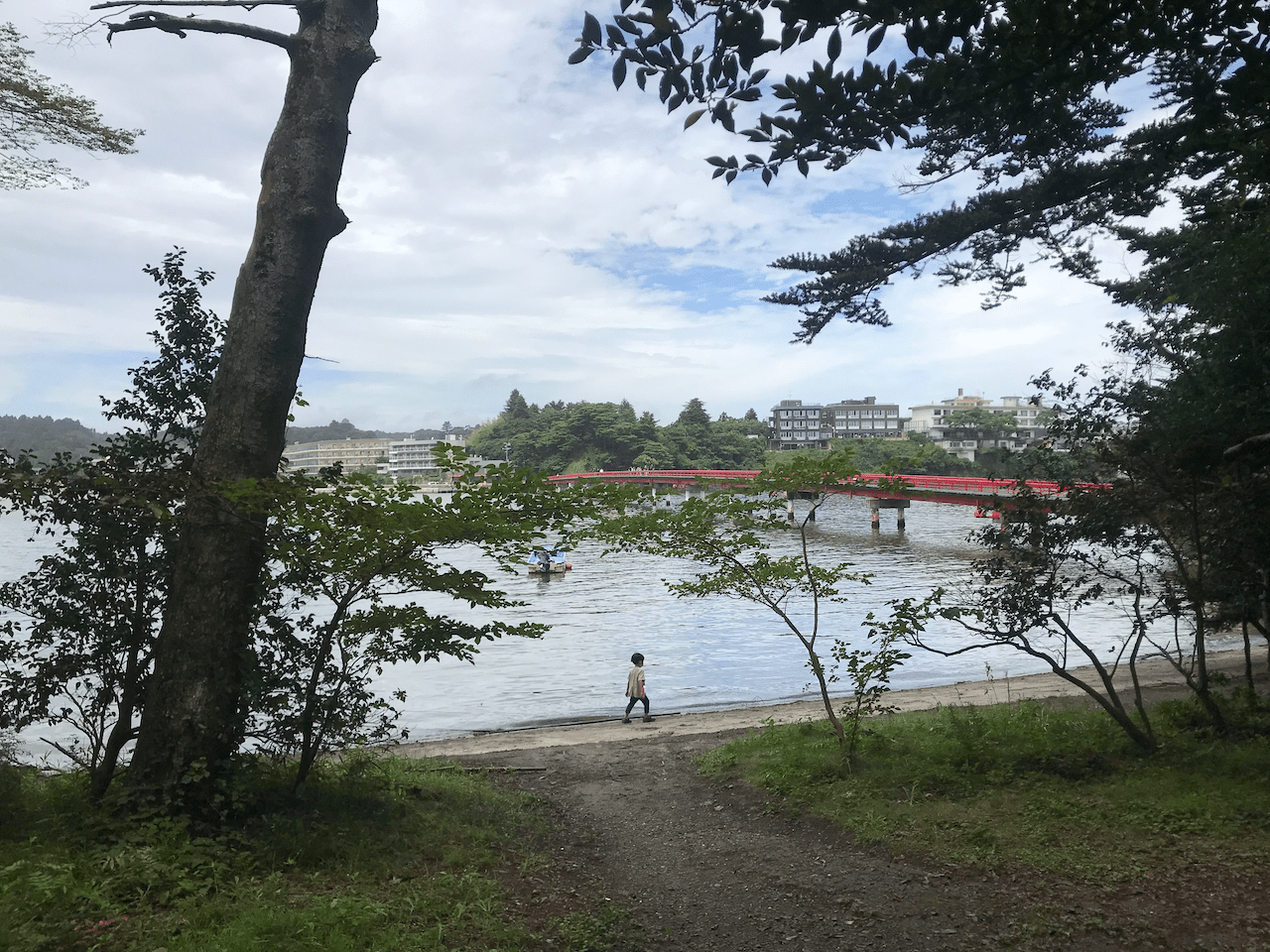
The view of the bay was indeed fantastic. We walked along the shoreline and took many pictures of the small islands. The color of the Pacific Ocean also looked very pretty.
First, we visitied Godaido Hall, a small temple sitting on an island close to the shoreline that became the symbol of Matsushima.
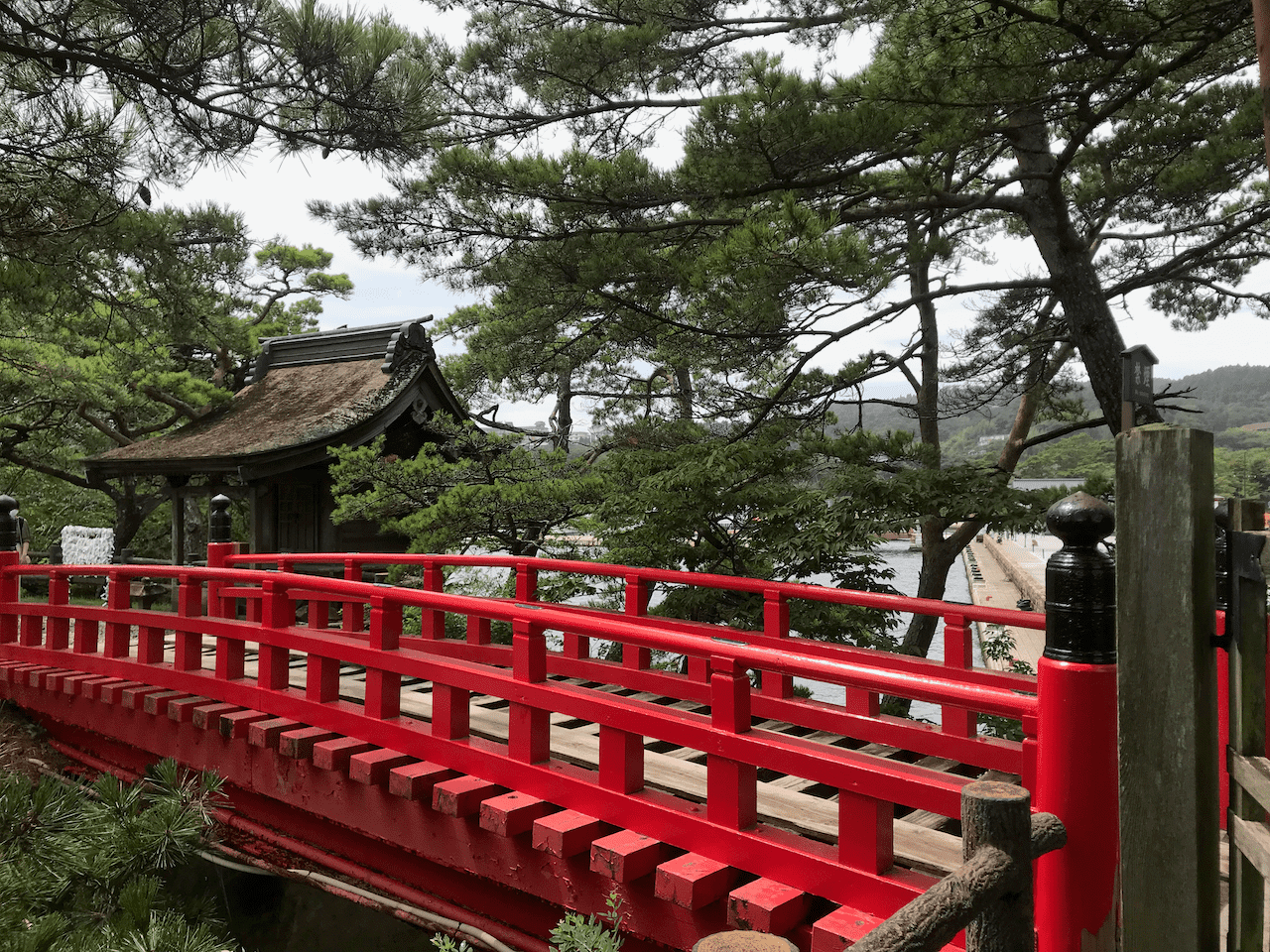 First you have to cross this red bridge
First you have to cross this red bridge
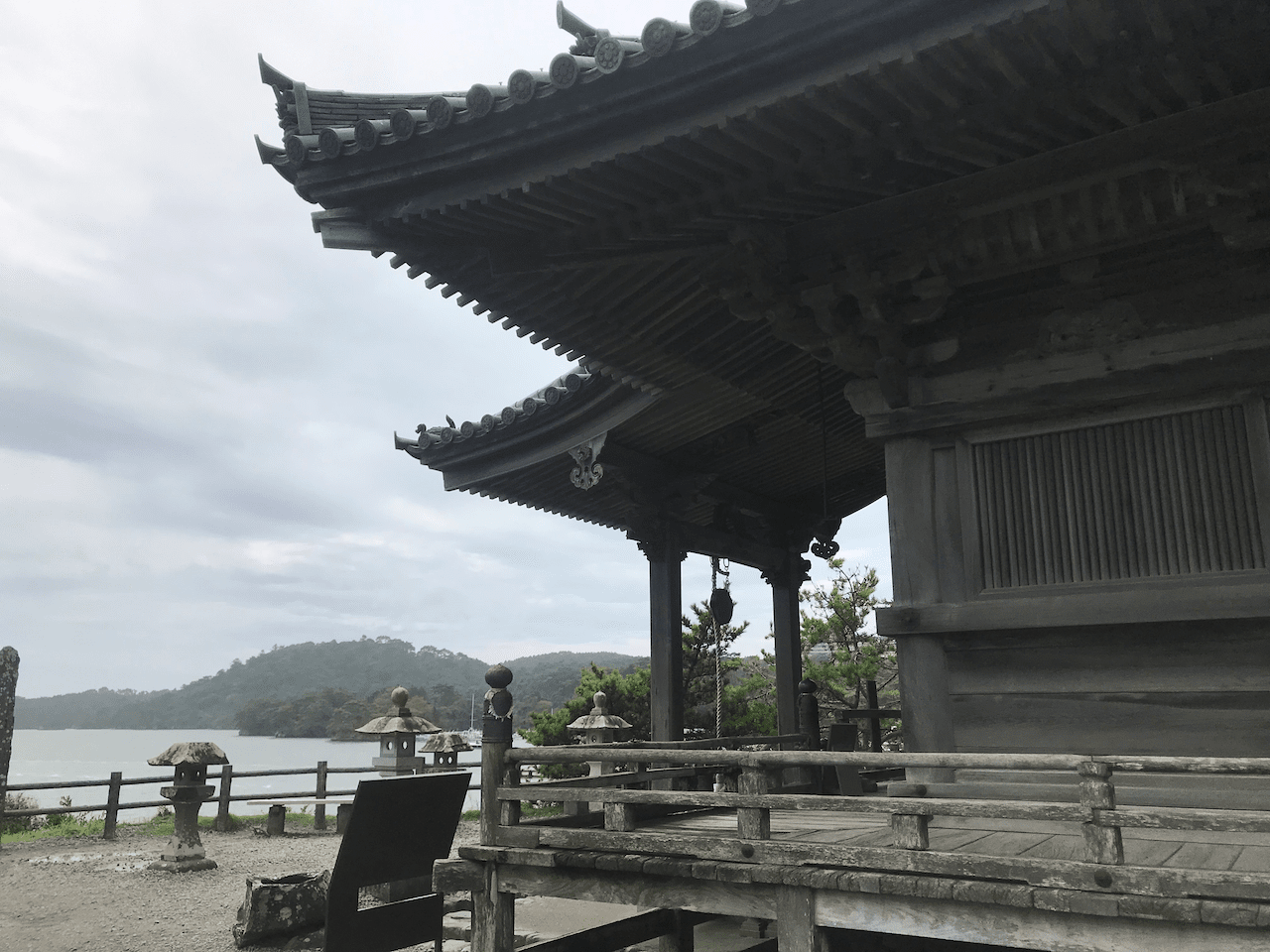 Then you arrive at the temple building
Then you arrive at the temple building
The present building is a 1604 reconstruction by the local feudal lord Date Masamune, the original building was established in 807. Despite its exposed location, the Godaido did not suffer any big damage in the earthquake and tsunami 2011.
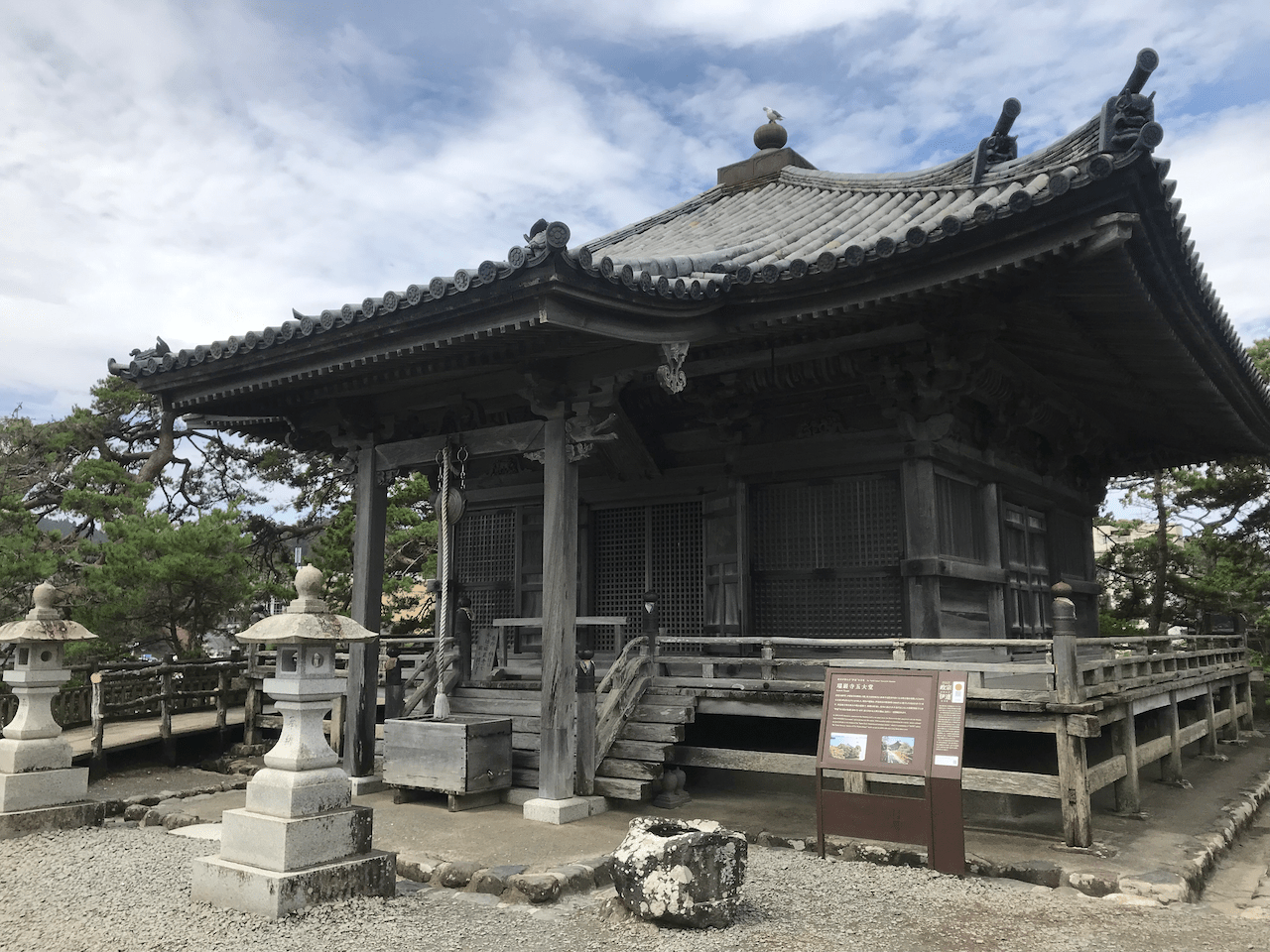
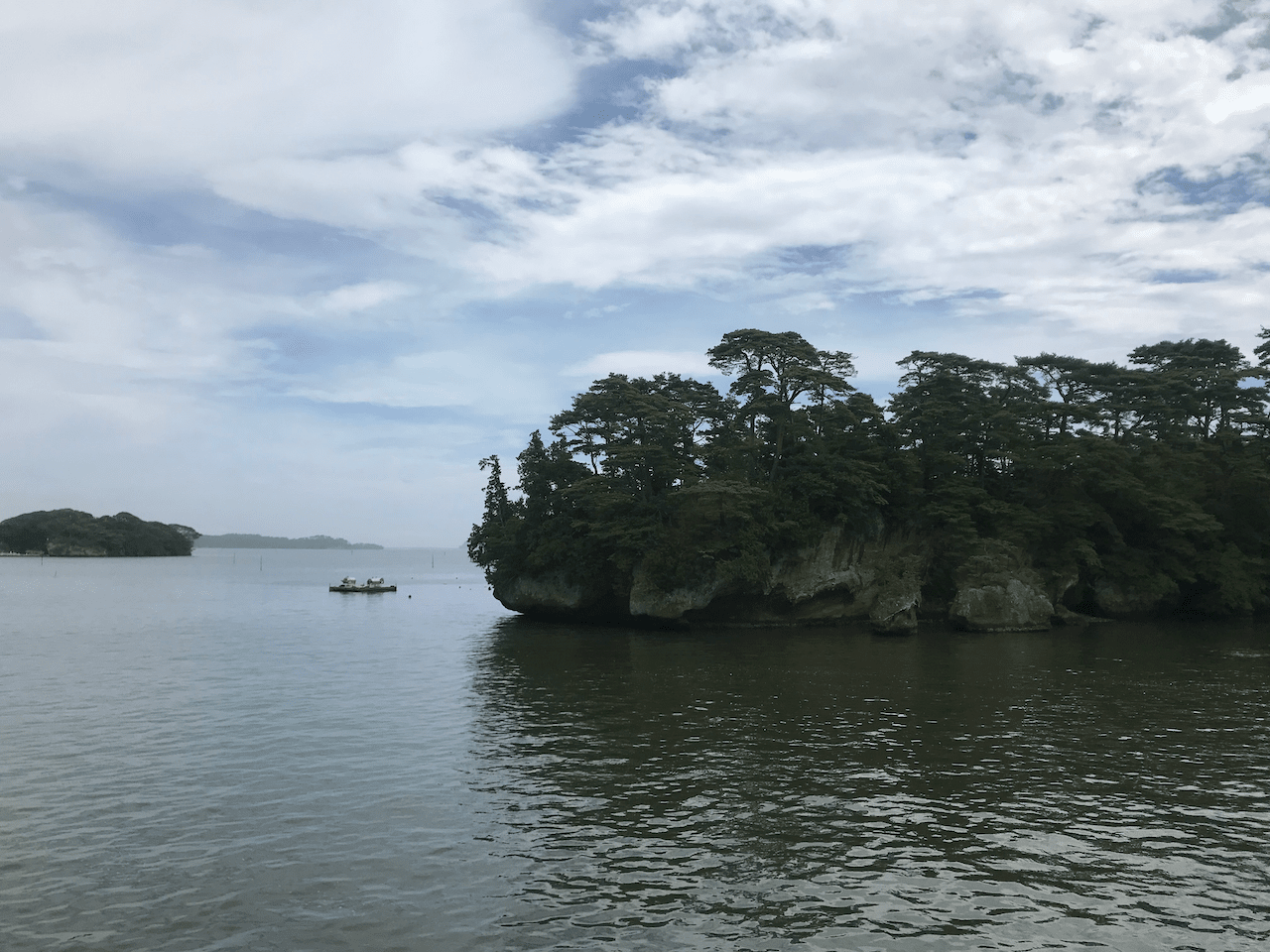
Afterwards, we continued our walk to Matsushimas most famous attraction: Fukuura Island. This island is one of the few pine covered islands in Matsushima Bay that is accessible to the public. You can reach it via a 252 meter long, red painted bridge. For crossing it, you have to pay a small fee.
 Crossing the sea takes you about 5 minutes
Crossing the sea takes you about 5 minutes
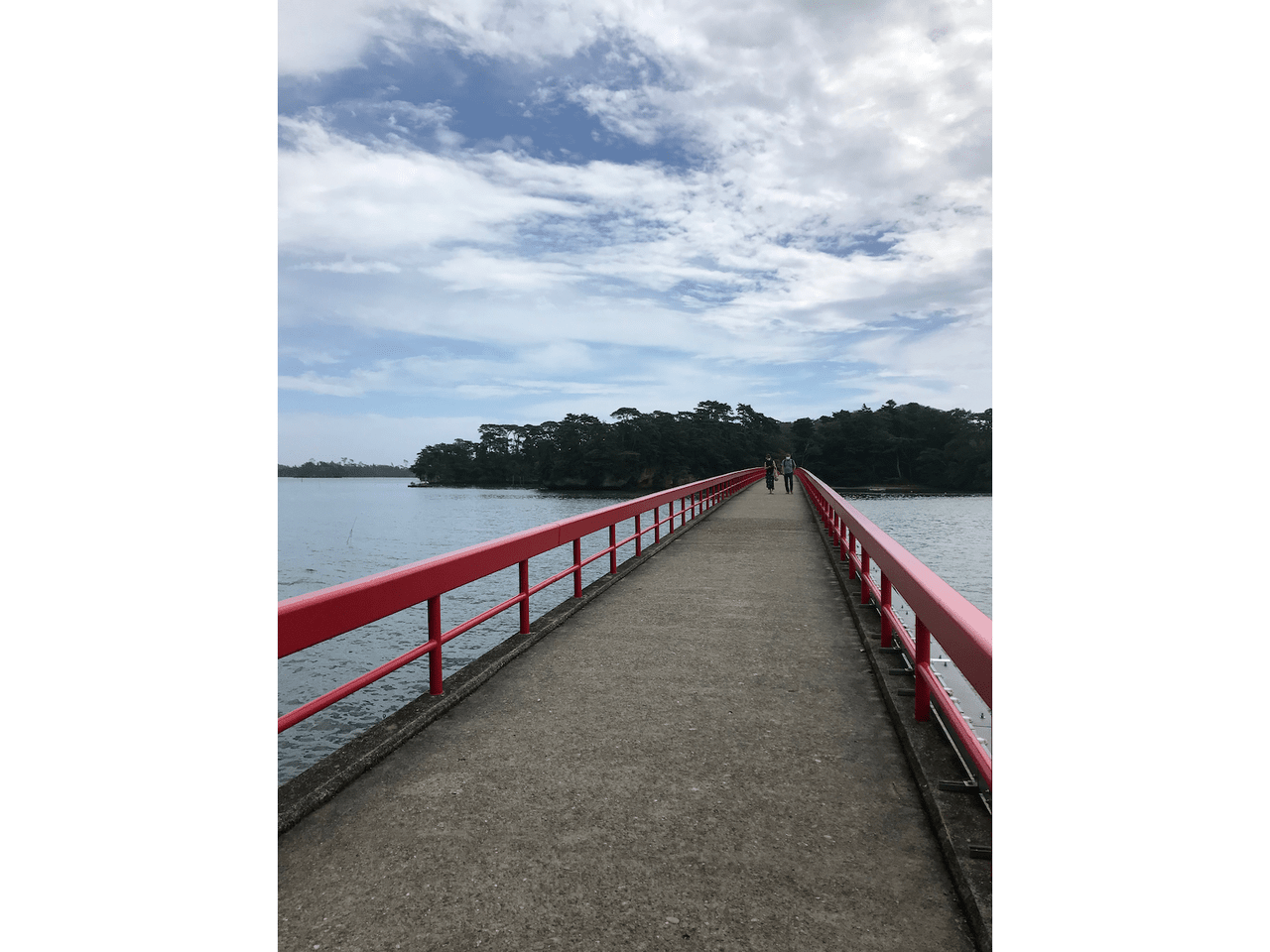
There are no big attractions on the island, you can follow several roundtrips (lasting from 20 to 50 minutes) and explore the nature while experiencing some stunning views of the bay from various viewpoints.
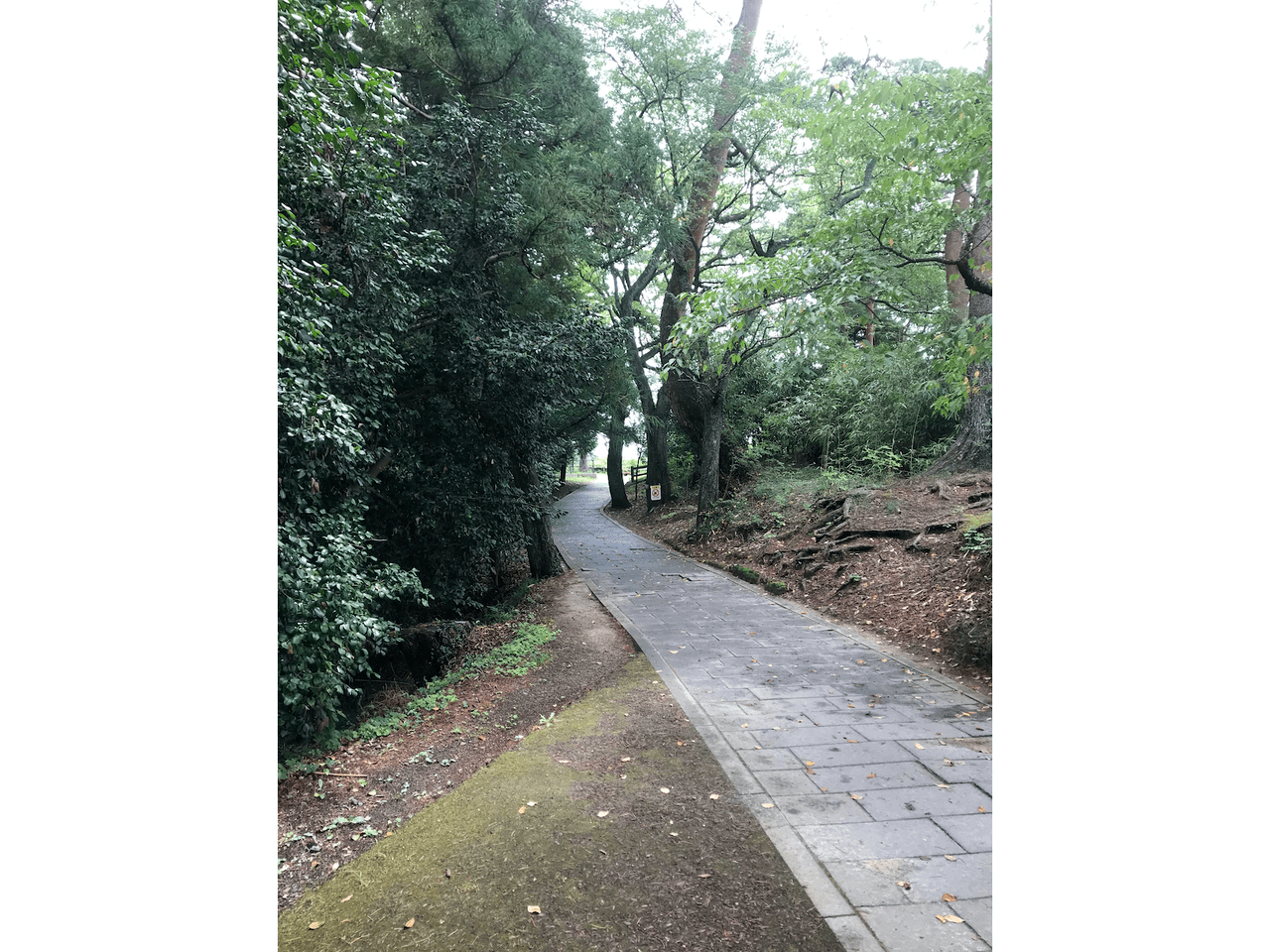 Nice walking trails
Nice walking trails
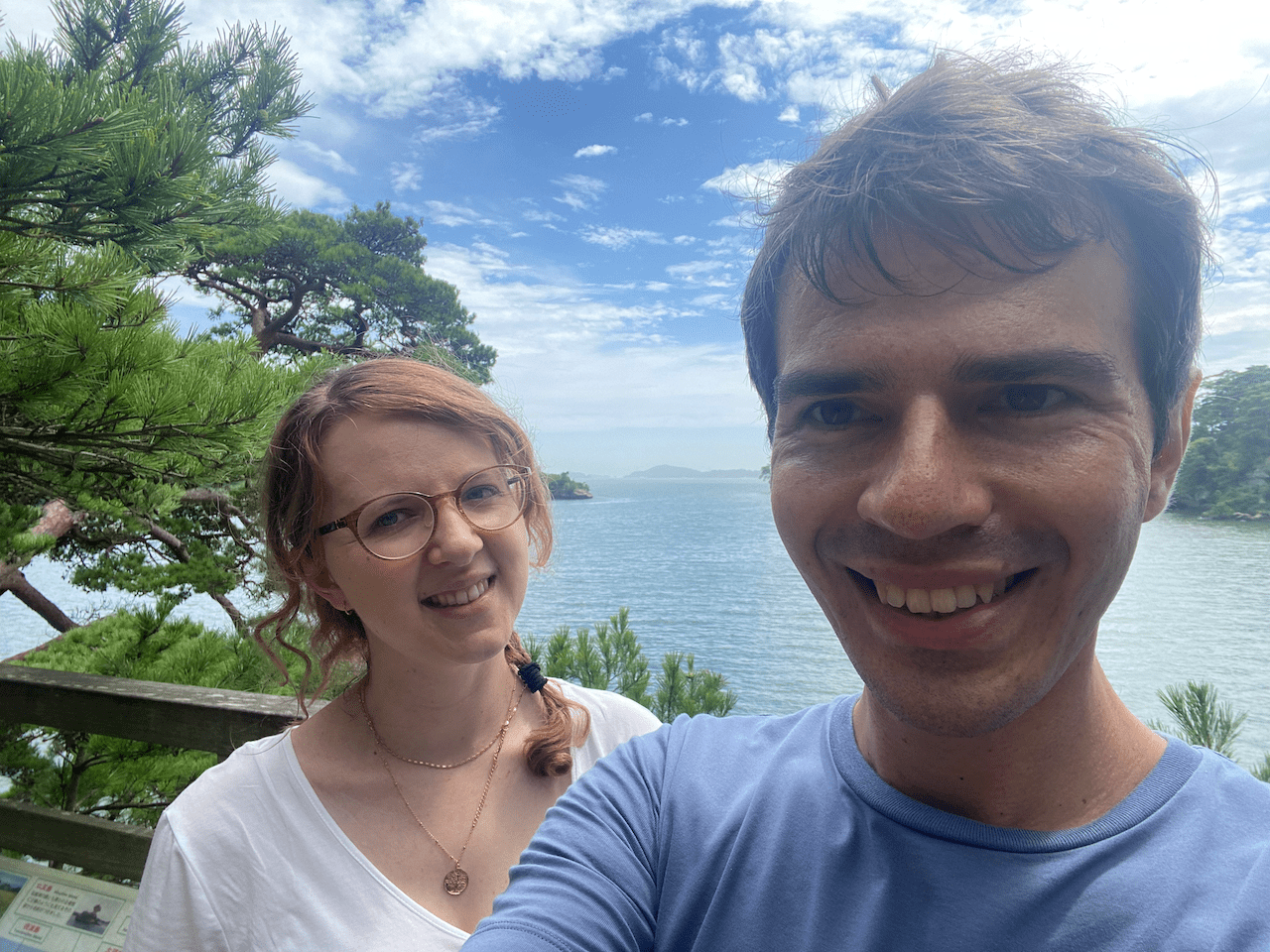
The island felt like a natural botanical garden with a network of easy walking trails.
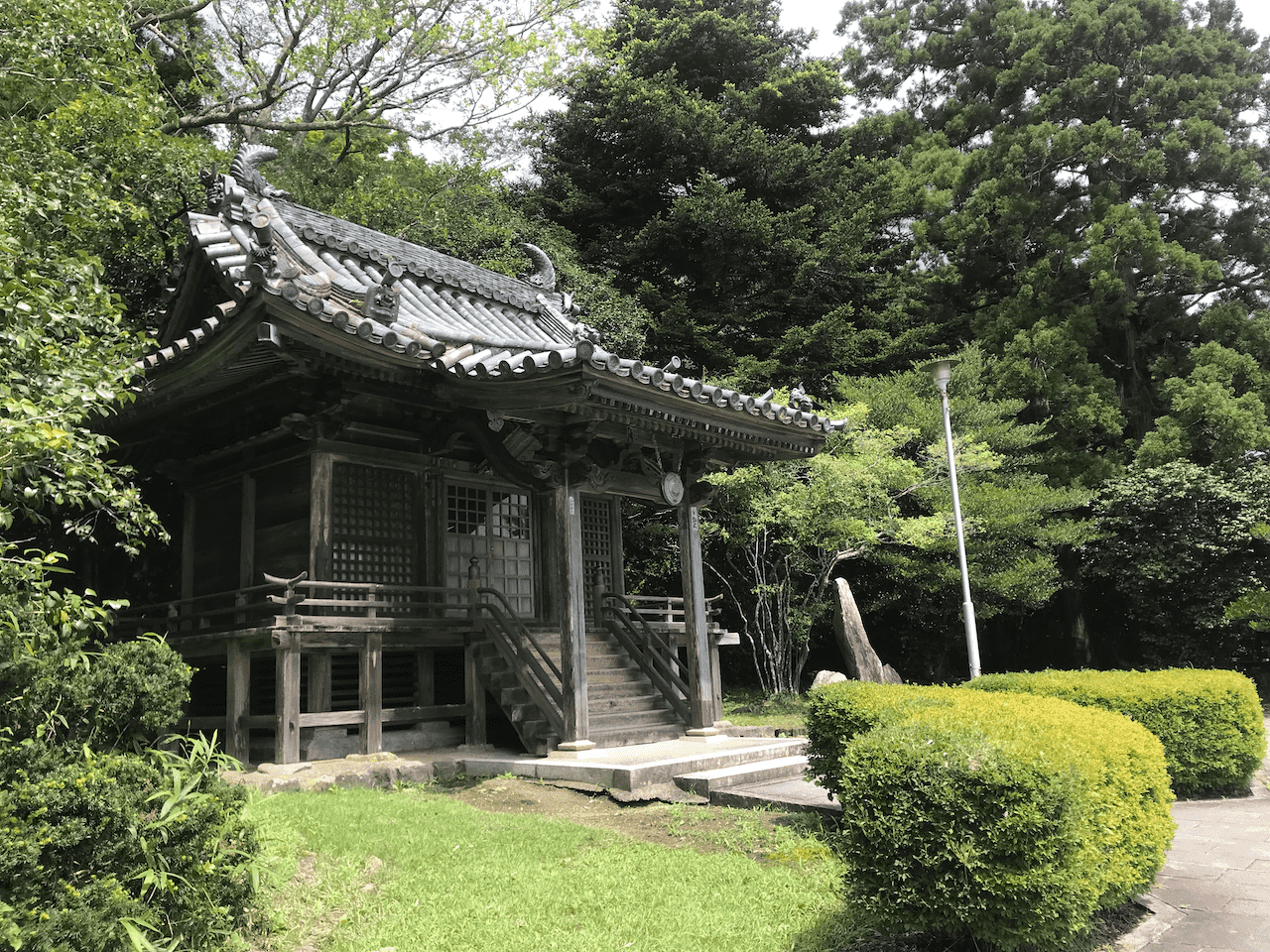 Along the trail, you find some small buddhist temples
Along the trail, you find some small buddhist temples
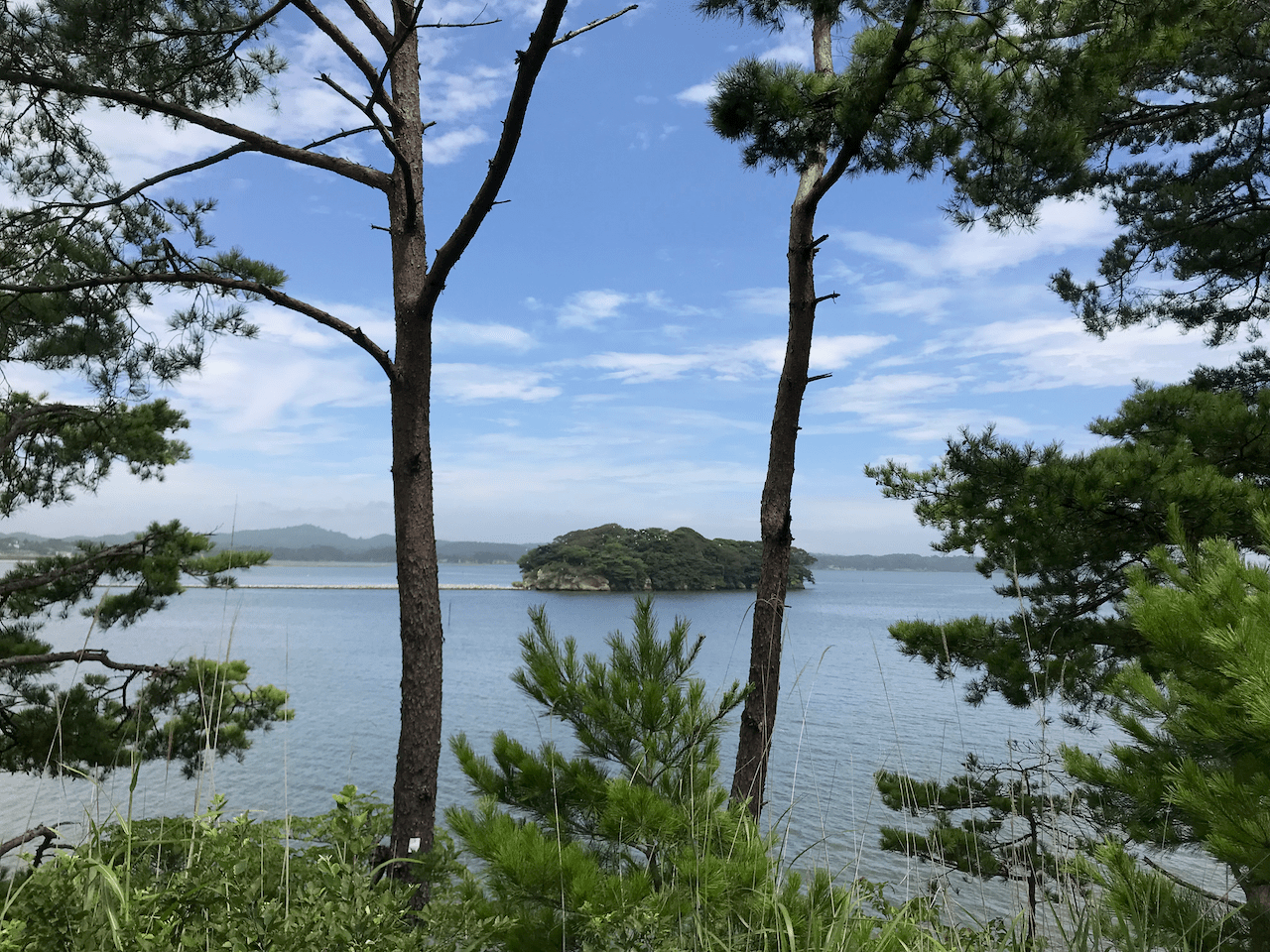 What a view!
What a view!

We walked the full course and stopped many times along the way. The viewpoints were so amazing. However, it was really warm and we were sweating a lot. Therefore, we took our time and spent nearly 1.5 hours there.
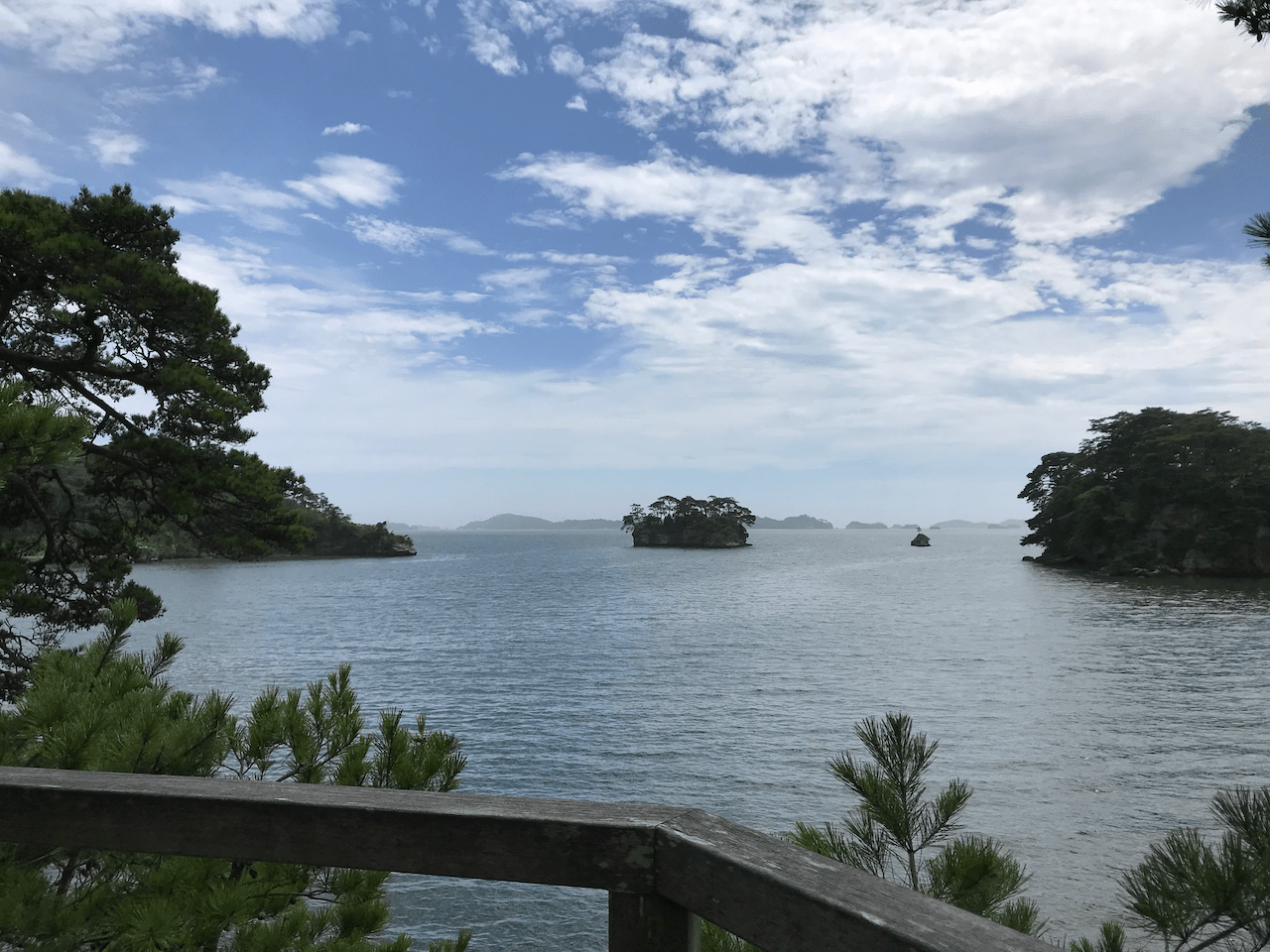
Afterwards, we took a nice lunch break at a small restaurant with bayview before we continued with our roadtrip.
Tsunami museum in Higashimatsushima
While Matsushima had not been damaged a lot by the 2011 Tsunami, the neighboring towns further North had been hit extremly. Close to Matsuhima, a new memorial park with a small museum had just recently opened and we decided to visit this place before leaving Miyagi prefecture.
The drive was only 20 minutes, but soon after leaving Matsushima, lots of signs informed us that we now entered the Tsunami indulation area and we immediately realized, that the whole infrastructure we saw was brand new. Also, we couldn’t see the Pacific anymore as huge seawalls had been built next to the shoreline to protect the newly built villages from new potential Tsunamis. Seeing those massive grey walls was a really strange feeling.
The HIGASHI-MATSUSHIMA 3.11 DISASTER RECOVERY MEMORIAL MUSEUM is located in the former train station of Nobiru. Nobiru Station was one among a just handful of structures that remained even partially standing after the 2011 tsunami swept through the area. A part of the former building has been converted into a small museum and community space.

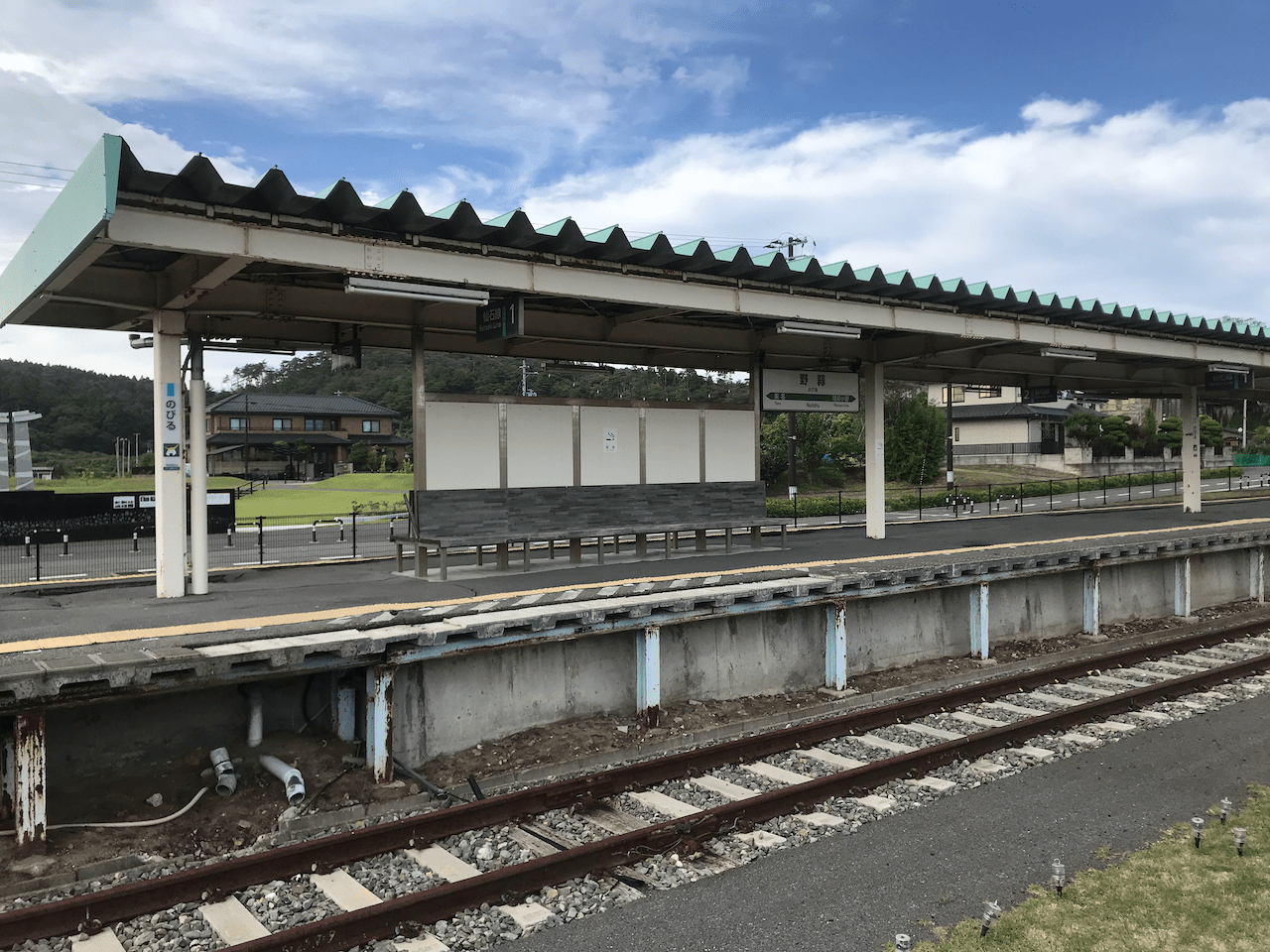 Original remnants of the railway building
Original remnants of the railway building
The facility commemorates the more than five hundred lives lost, and is a place where survivors can share their stories. The small museum contains a gallery of photographs, video archives of pre-and post-3.11 Higashimatsushima and several artefacts like a destroyed JR ticket machine. There is alsoA blue line high up the side of the building marks the height of the tsunami.
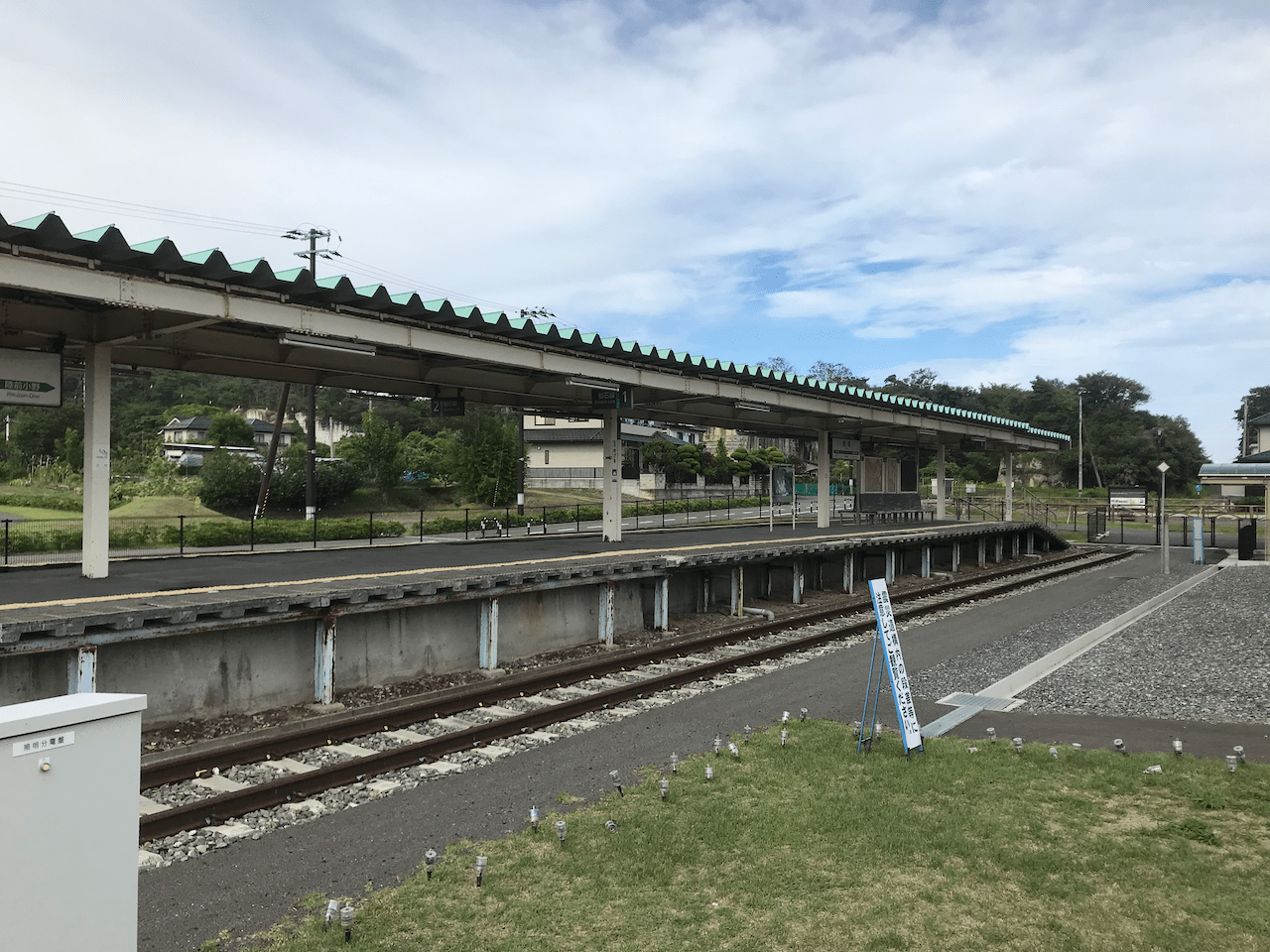
 The red line indicates the height of the water after the tsunami striked down
The red line indicates the height of the water after the tsunami striked down
We talked to one of the staff members about the day and he shared the story of the small town with us which was really shocking to hear. He also showed us pictures of the town area before and after the Tsunami. Nowadays, the whole town has been moved away from the Pacific shore and reconstruced on elevated territory. I still remember the day when I saw the destruction on television, but really standing in that area and listening to the tales of survivors is a whole different level.
We were deeply moved by this experience and grateful that we could pay respect to the victims and show the survivors that people from Germany didn’t forget this tragedy.
 Lots of warning signs everywhere
Lots of warning signs everywhere
Up next
We left Miyagi prefecture with a different mix of emotions as we gained lots of new impressions about the power of nature: we saw so many beautiful spots but at the same time, a natural desaster like the tsunami can happen again anytime soon… In the next post, I’ll write about our adventures in Yamagata prefecture, a place that offers stunning mountain views and very remote villages. Stay tuned for more!
